|
With over a 1,000 gigs under her belt, this lovely Gibson Flying V 'Tinkerbell' was brought it the workshop for a much needed fret recrown, hand fret polish and a setup before going back out gigging!
0 Comments
This lovely Gibson Les Paul was brought into the workshop for a long due setup. After years of use then storage, the frets had tarnished, so were hand polished to restore their shine, improving the playability of the guitar!
This lovely Gibson SG was recently in the workshop for a new bone nut and a setup! The action on the SG was set ultra low to the customers request. The measurements were taken at the 12th fret on the bass (1.3mm) and treble side (1mm) on the fingerboard!
The guitar as it was brought in, you can see on the left bottom shoulder the previous customer had repeatedly hit the guitar, making very unnatural marks. The back of the guitar, lightly reliced by Fender, though this often looks faked due to the methods they use. The reference photos the customer supplied, we discussed the addition damage from the previous owner and the relic work would encompass the damaged area, deviating from the reference photos but would ensure a better looking result. The guitar stripped down ready for the work to begin, slowly working on the guitar by hand to match the reference photos. Below photos showing the completed front of the guitar and the completed back of the guitar. Next step was the neck to match it to the relic'd body. The customer also wanted the frets polished, with the edges rounded and the finger board smoothed off to give a very played in feel. The fingerboard and nut was also stained to give a darkened vintage look. The neck was treated in the same way as the body, the finish was carefully worn away and aged as would be found on a vintage guitar.Here you can see the worn in edges of the fingerboard and the frets. At the customers request he wanted the serial number removed too, this wear would not normally be found on a vintage guitar but we blended it in with the rest of the relic work to try and keep it as natural looking as possible. The customer also wanted the wiring rewired to vintage spec wiring, all completely hand wired with new seymour duncans 50's fitted too, complete with a cent capacitor found on 60's guitars.
A regular customer wanted a vintage looking long scale semi acoustic bass, as he found Epiphone and Gibson basically don't make a long scale bass. He found a suitable one on eBay but had a headstock that just didn't suit the look of the headstock of the bass After a long discussion, the decision was made for him to source a broken headstock bass, which already had the look he was after. Then the crazy part began.... The plan was to transplant the broken headstock onto the body of the bass! The strangest part of this modification was sawing off a completely functional headstock! The sawing was a one shot task as the angles had to be exactly right else the whole thing would not work due to the joining of the new headstock to the current body. The broken headstock was cleaned up of it's cracked wood from it's break (from an SG body) before aluminium rods were inserted to reenforce the joint. Once the headstock was glued there was a lot of work to be done, as the new headstock was thinner and narrower than the old one. So the neck was hand carved down to a smooth transition between the neck and the joined headstock. The next step was making a maple insert to fill the gap caused by the broken headstock having wooding missing when being fitted to a new neck. The trussrod access opening was also opened up and extended to allow an allen key to be inserted. Although the maple was cut to fit, the excess on the top of the block, left to make clamping easier, was then cut down to fit. The machinehead ferrules were removed, and had some lacquer damage to deal with, as the ferrule had been originally inserted in curing thick lacquer. This is common with mass produced guitars. The headstock was sanded back to a smooth surface and prepped ready for the refinishing process to begin, with black stain being applied to the back of the headstock and neck. The final coat of nitrocellulose sprayed, the lacquer is left to cure and settle before the lacquer, after settling, is flattened and polished to a high shine. The damaged trussrod cover was cut down to size to be suitably trussrod cover for the new headstock! The finished result of the modification, the bass was restrung and setup before being ready for the customer to collect. Definitely one of our more unusual customisations!
|
Lewis DurtnallHi, I'm Lewis, Ive been repairing guitars since 2004, I learnt my craft at Totnes School of Guitar Making! Archives
December 2022
Categories |



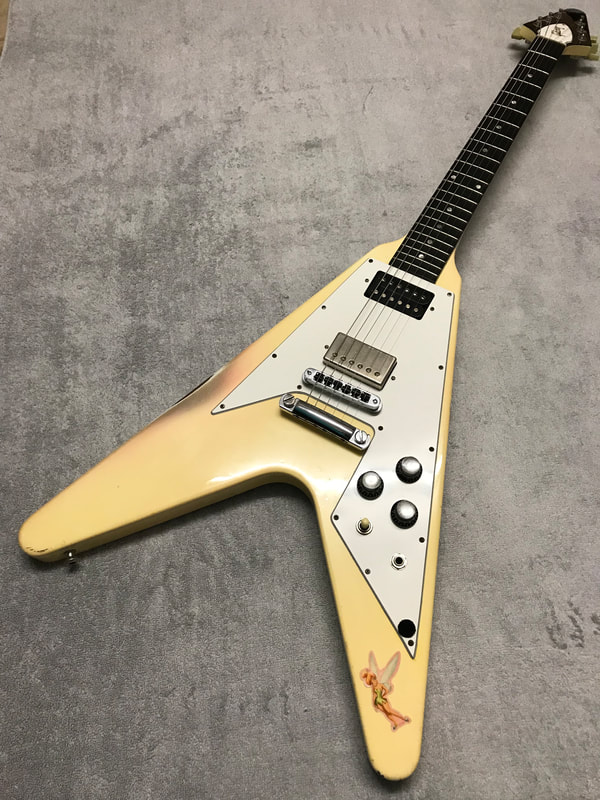
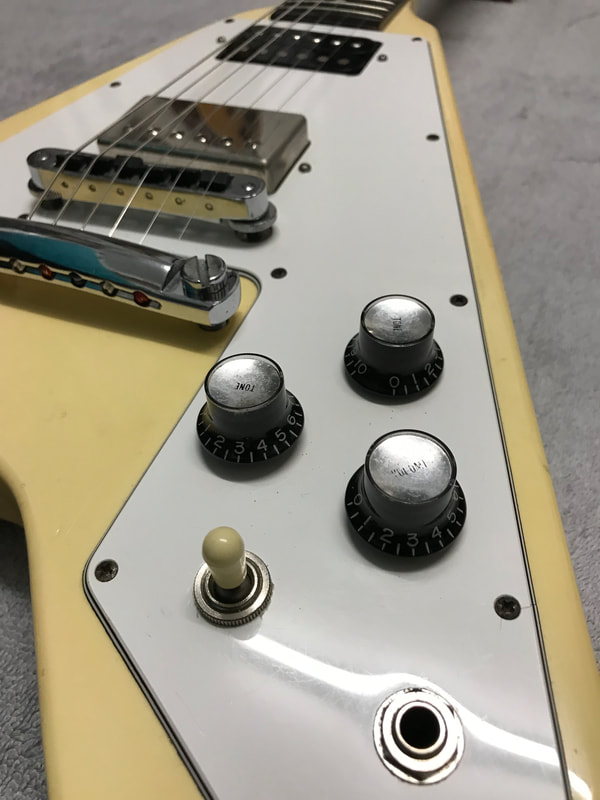
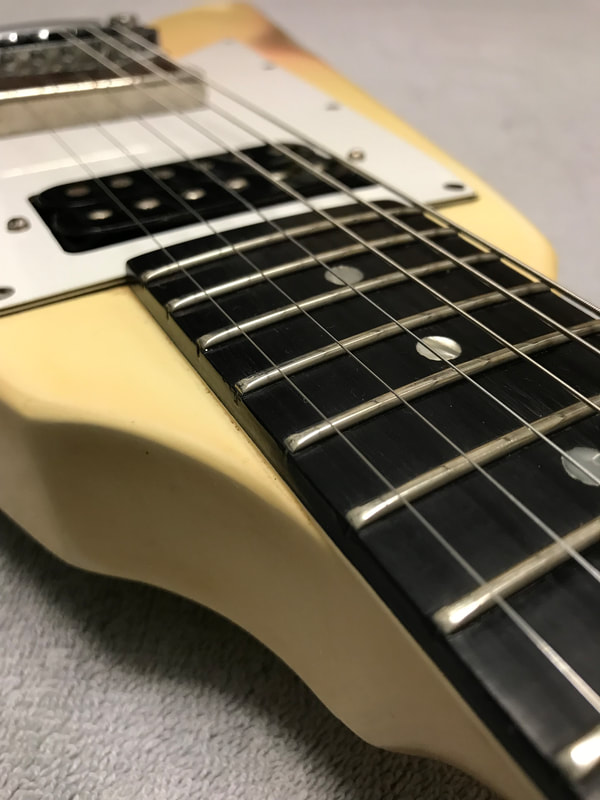
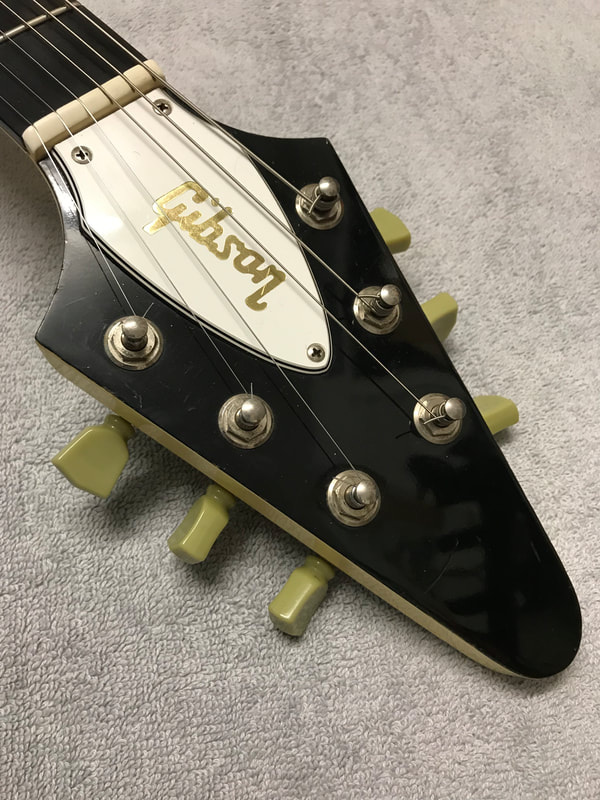
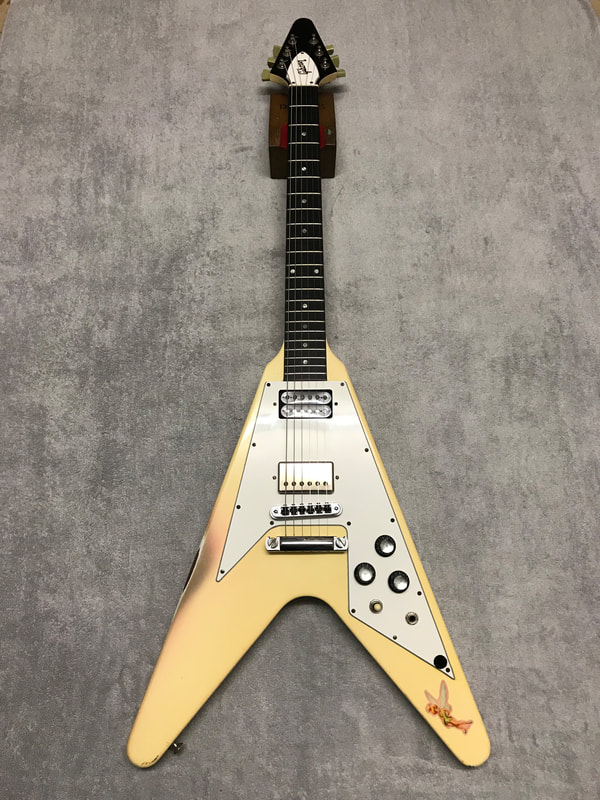

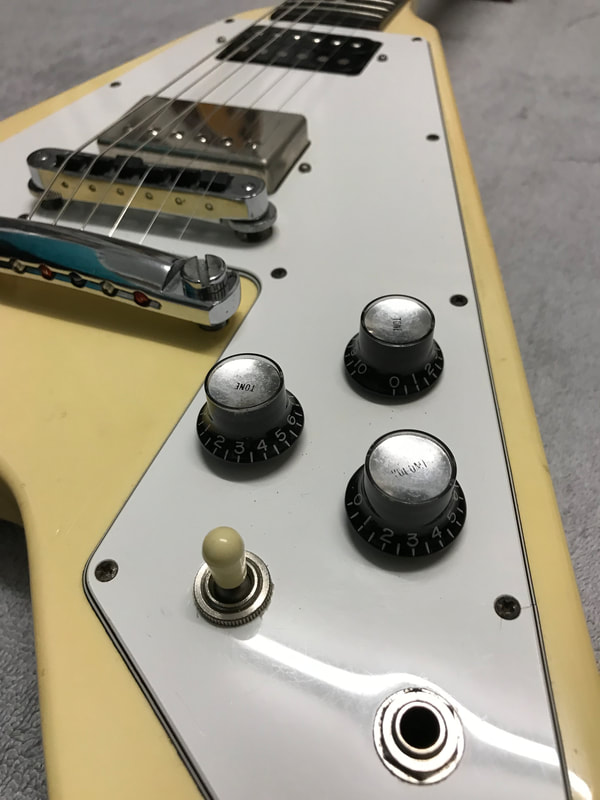
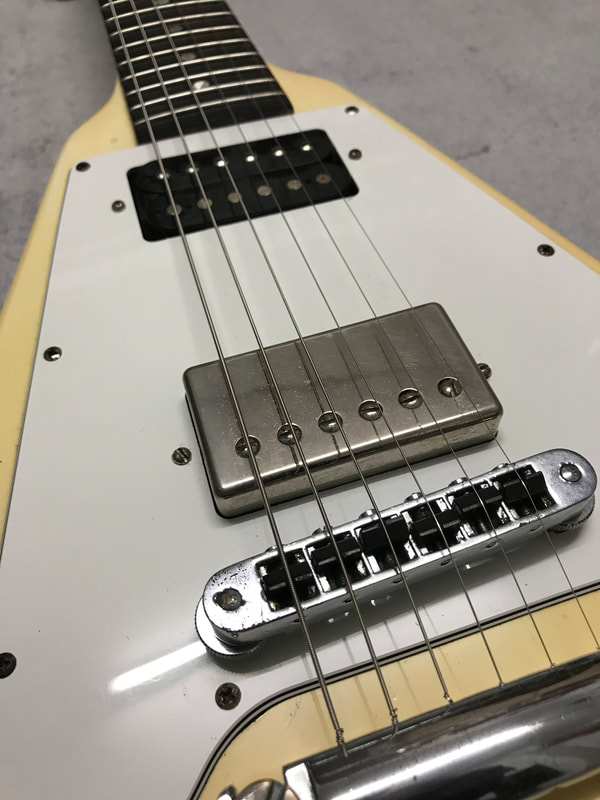



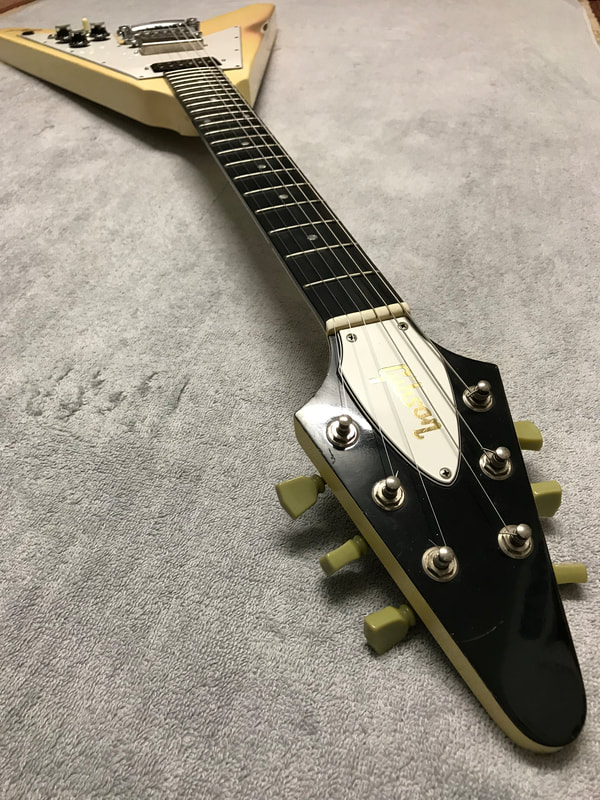
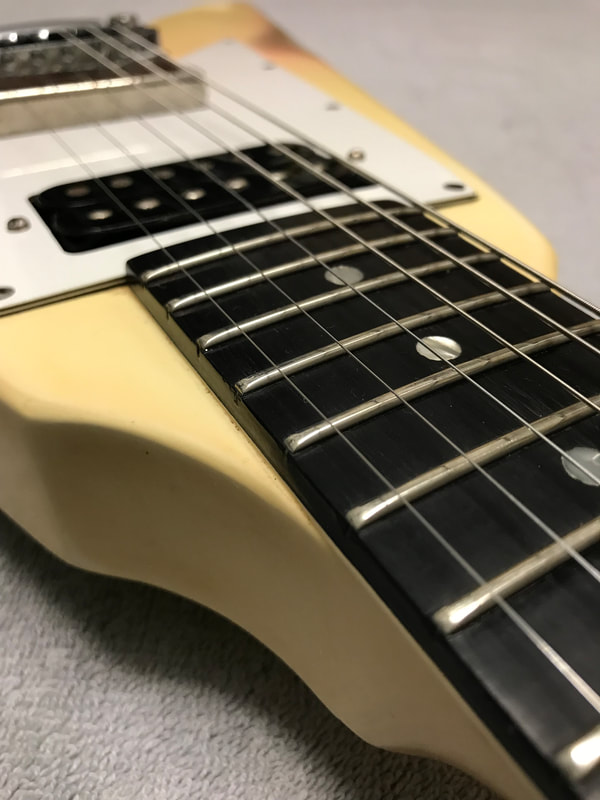


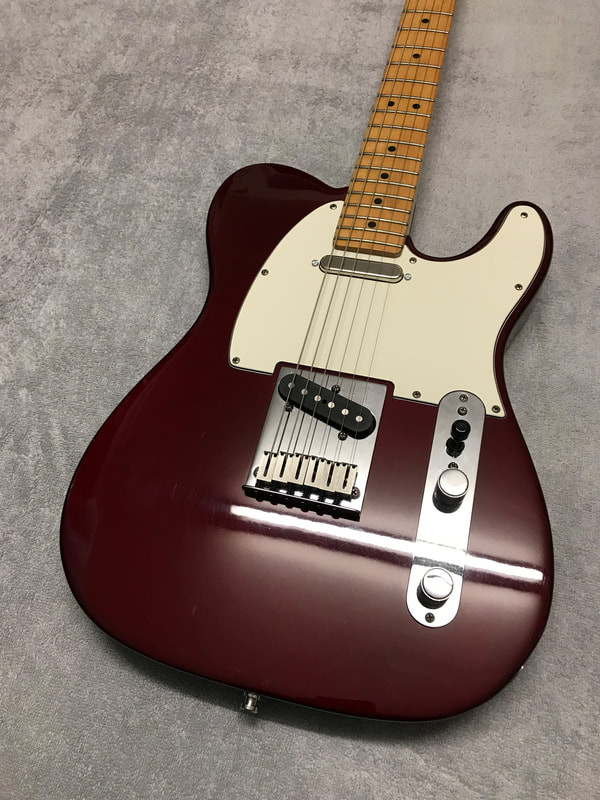



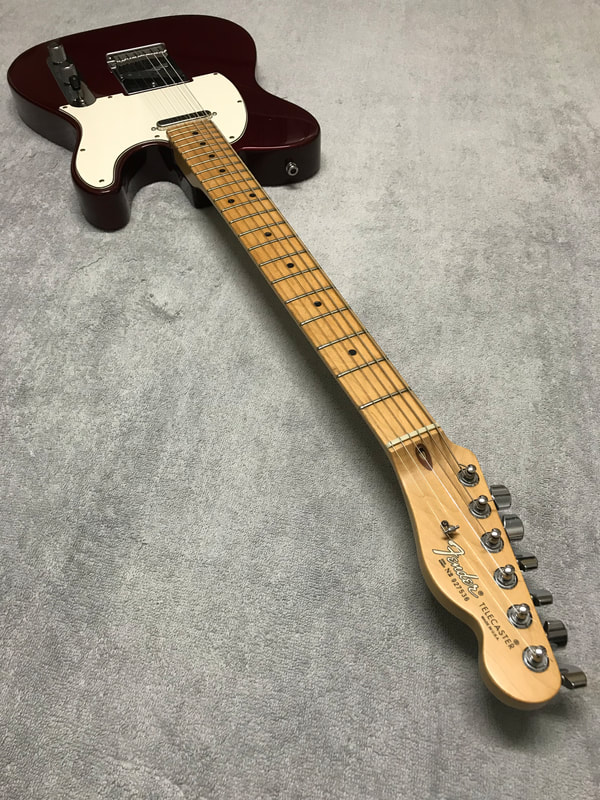
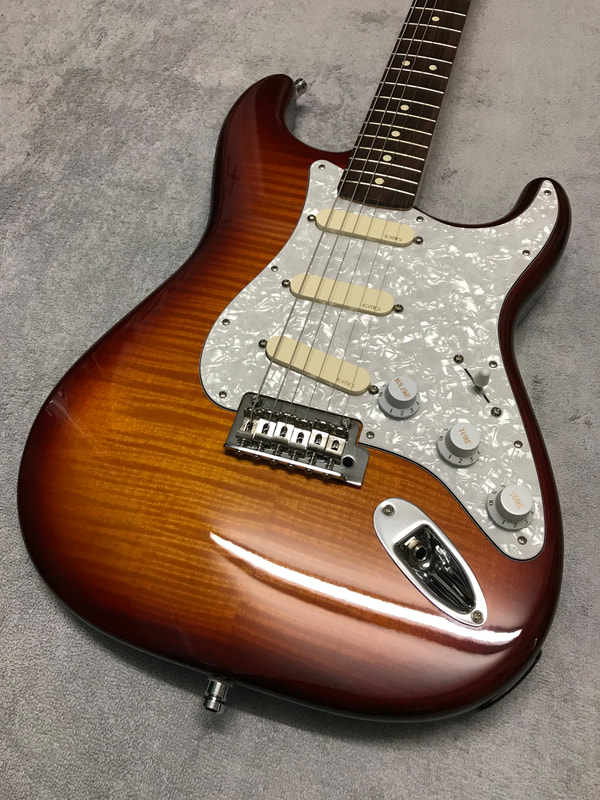
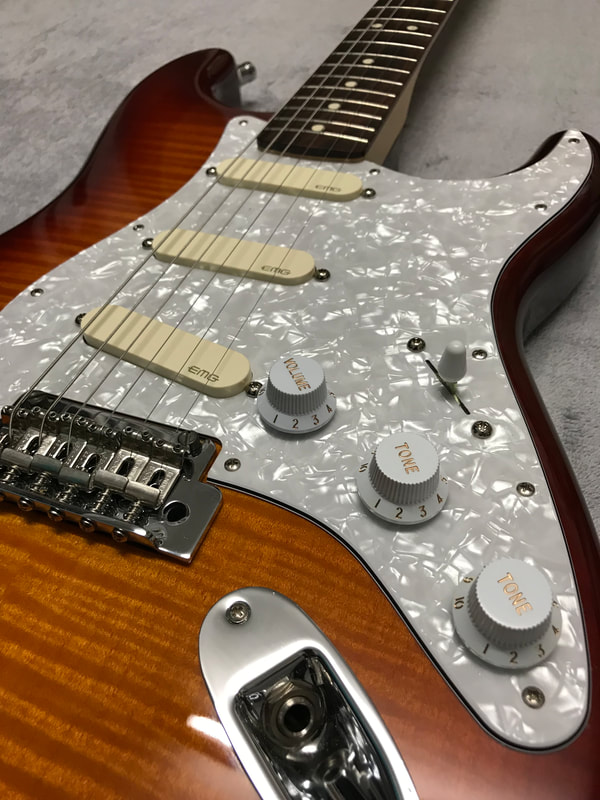


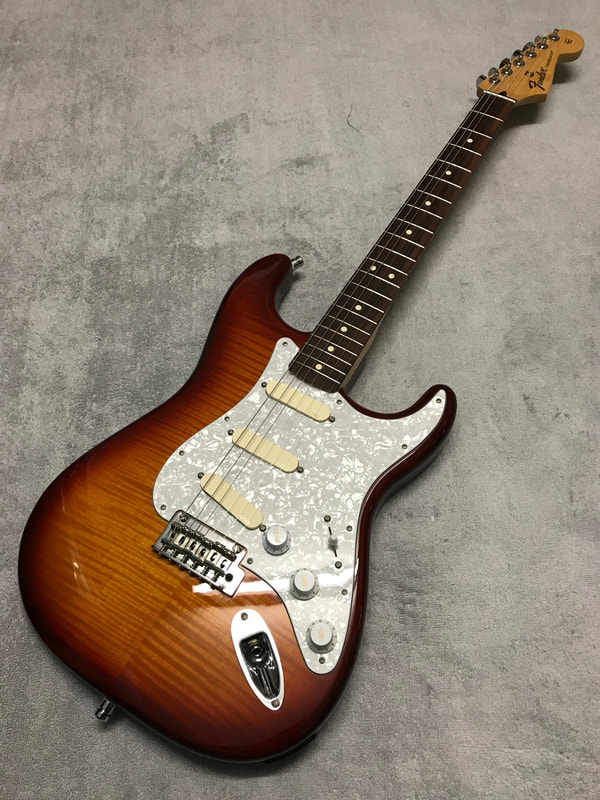

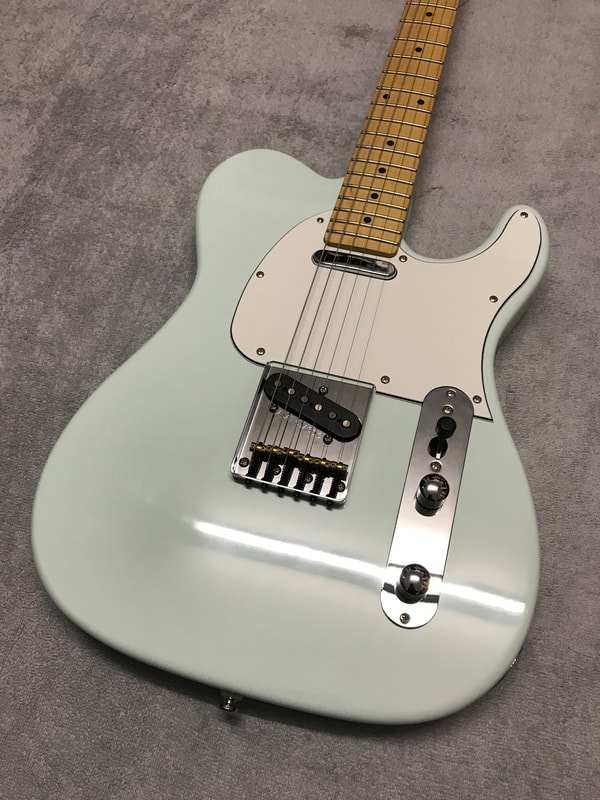
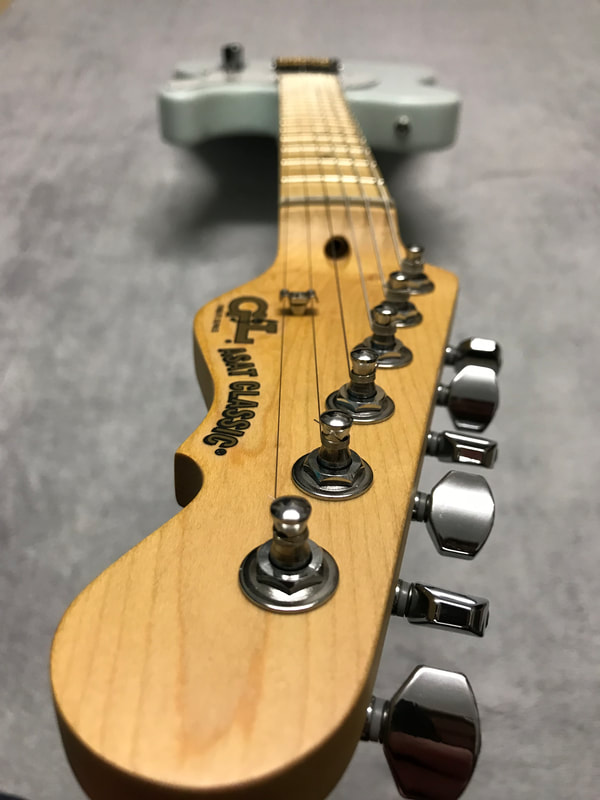

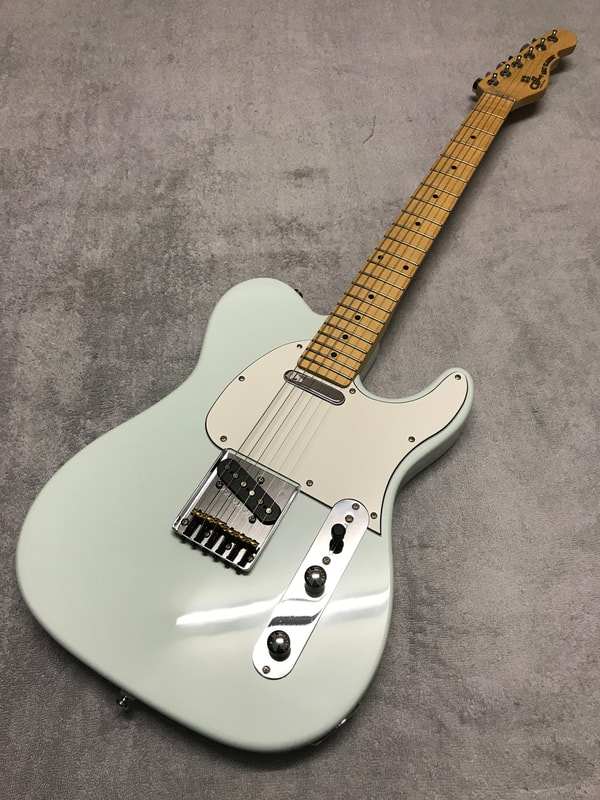
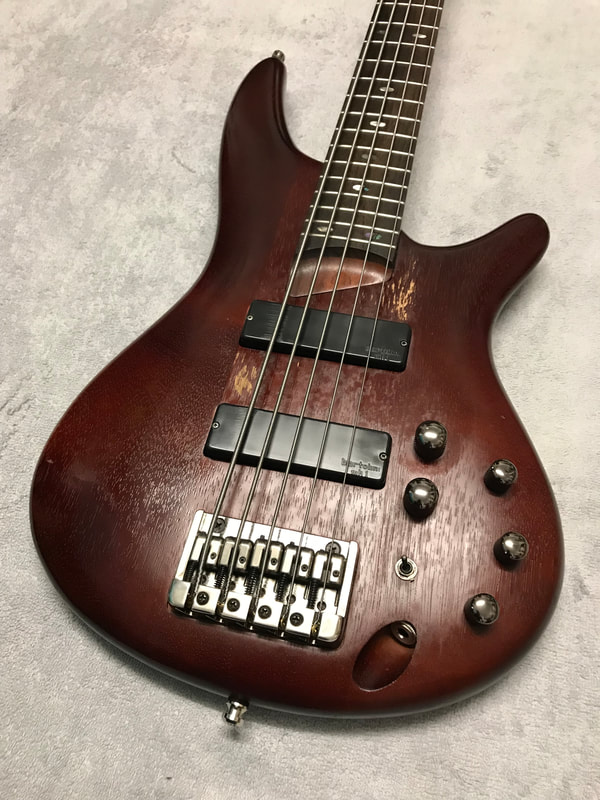






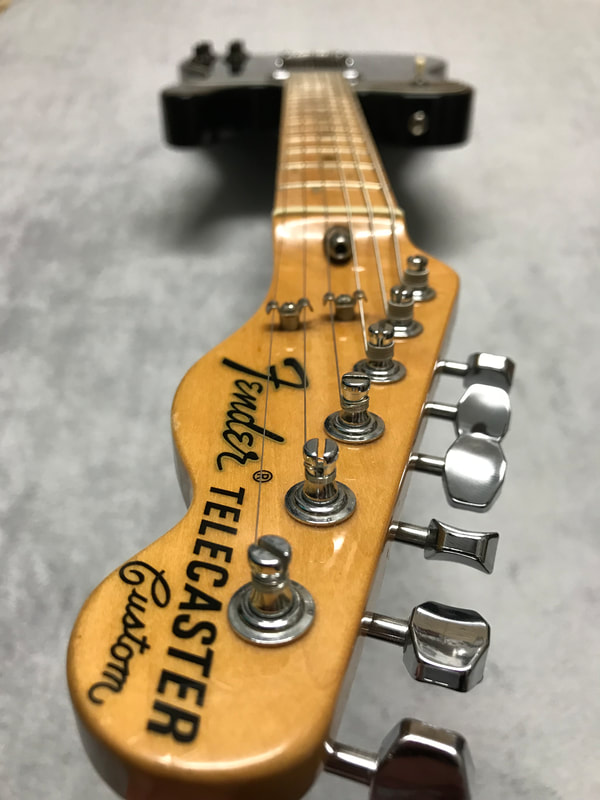

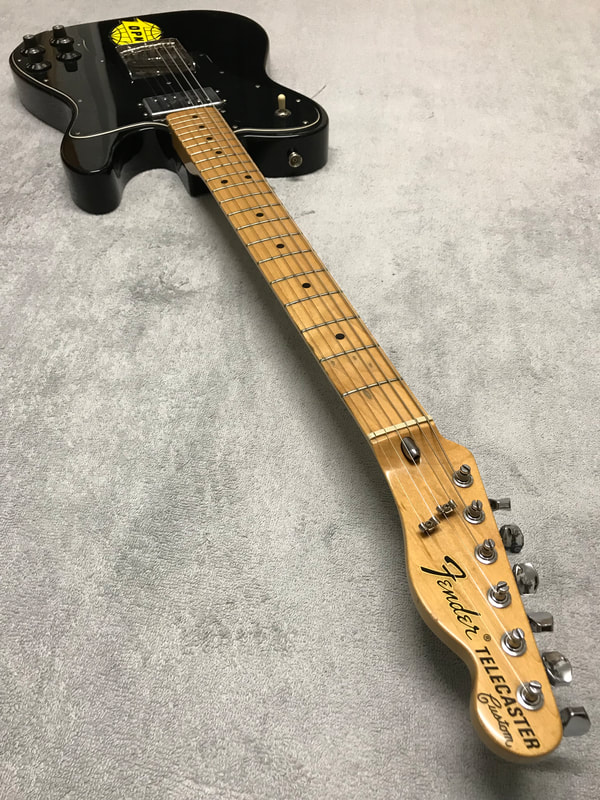
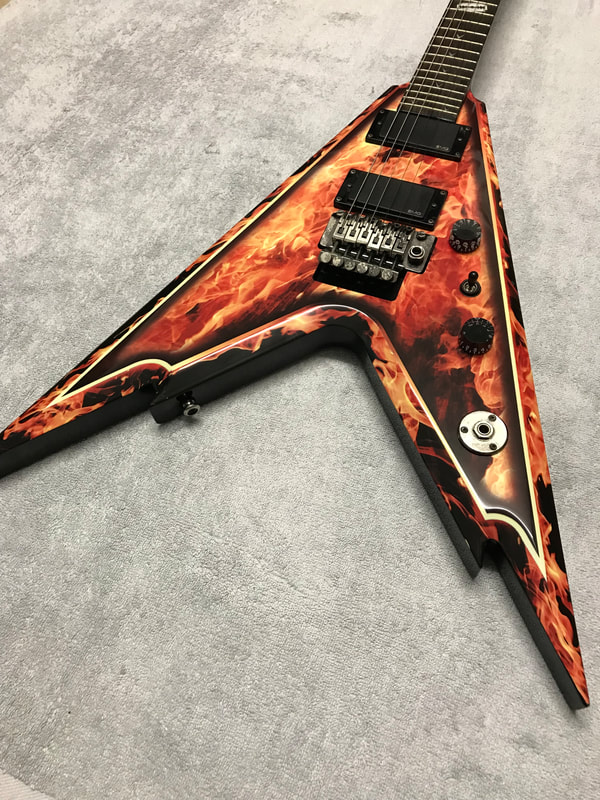









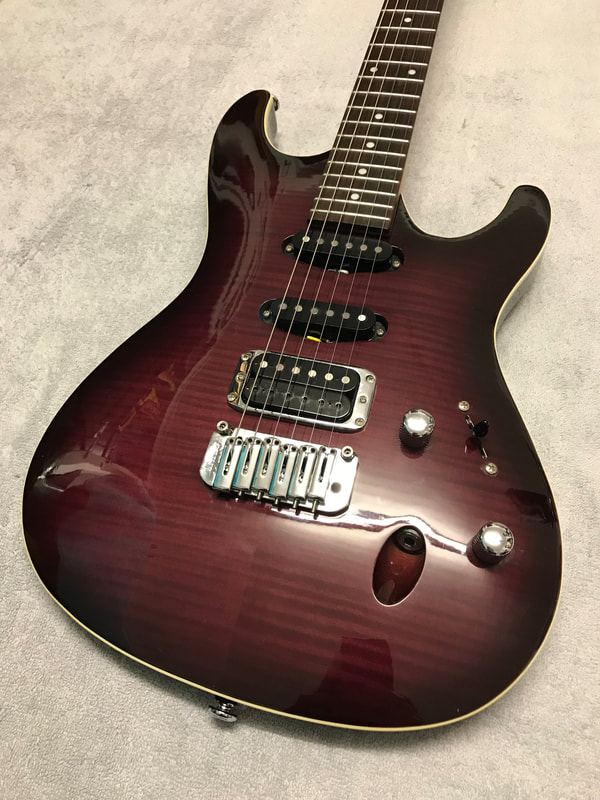



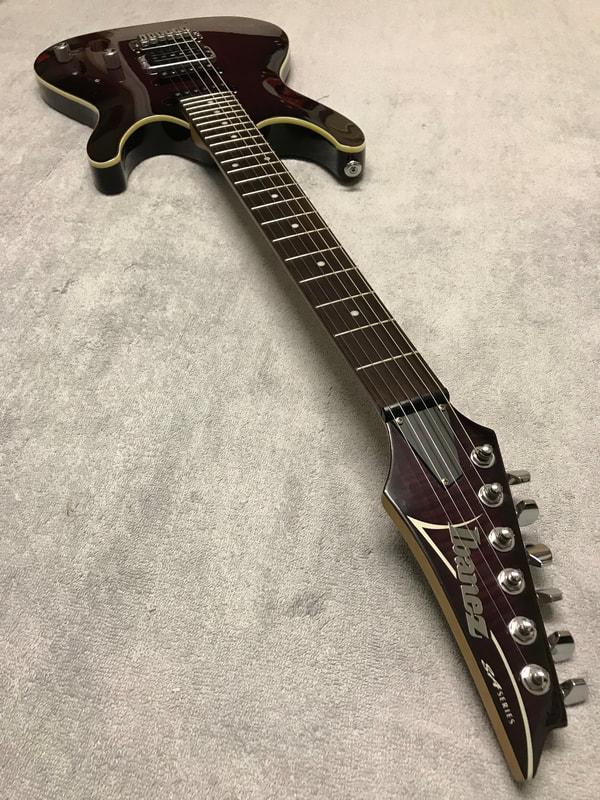
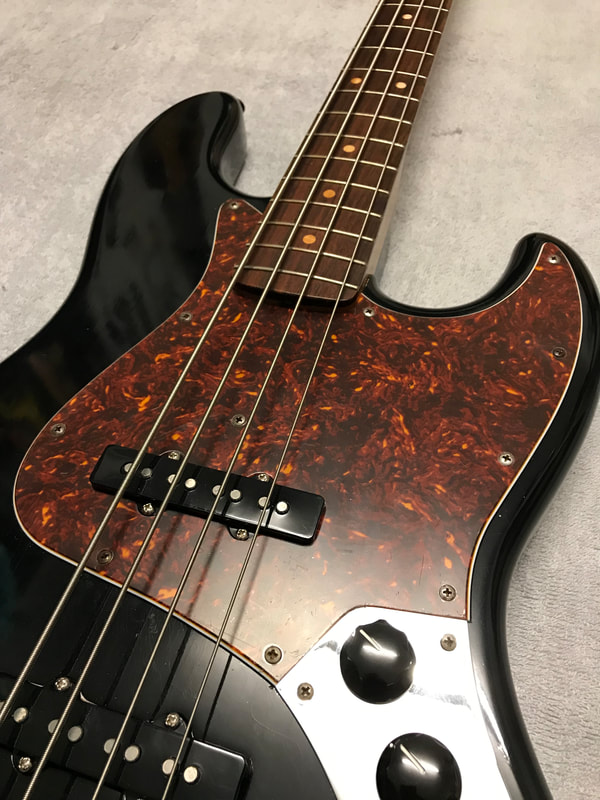
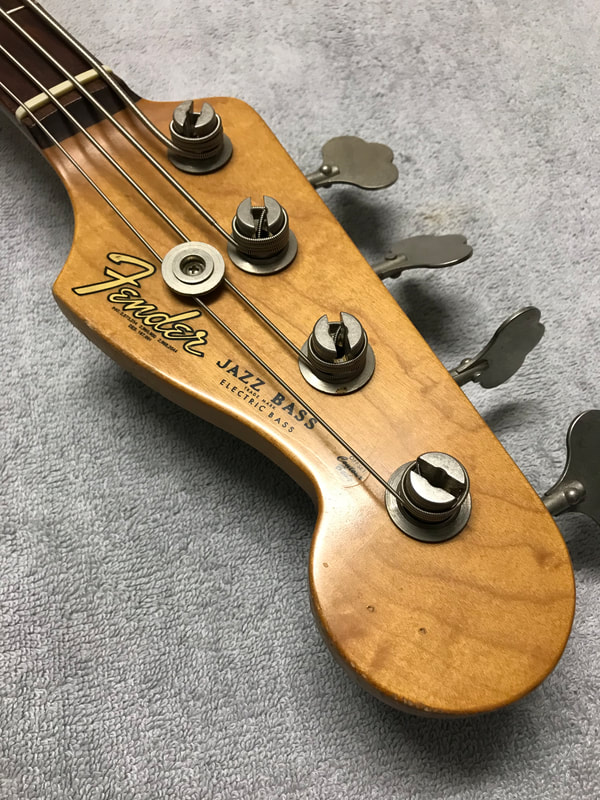
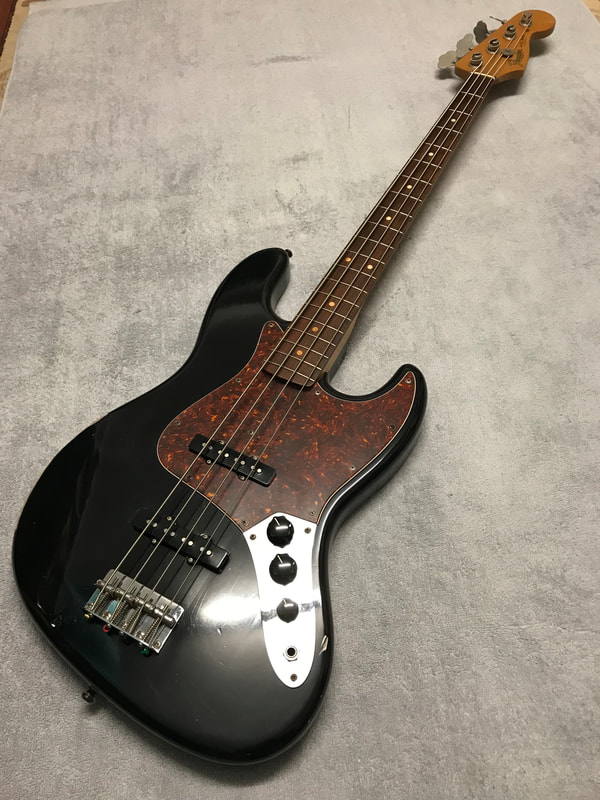

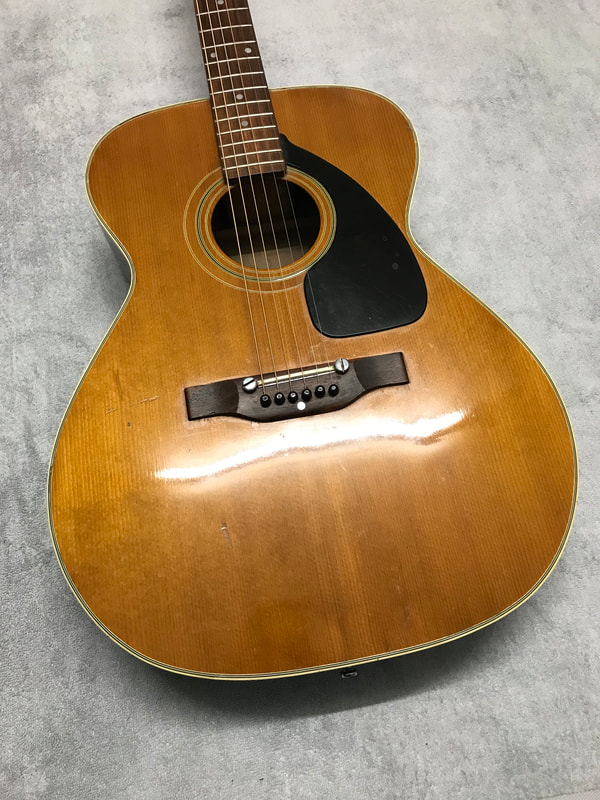
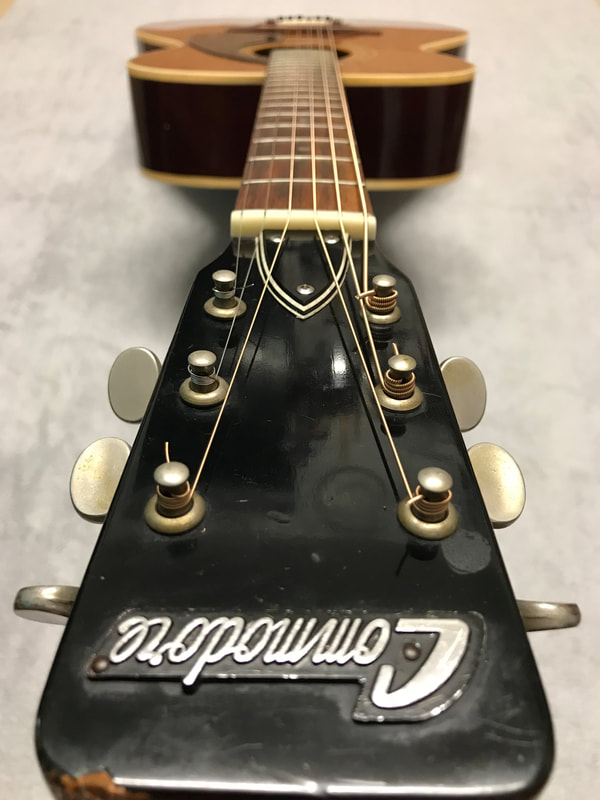

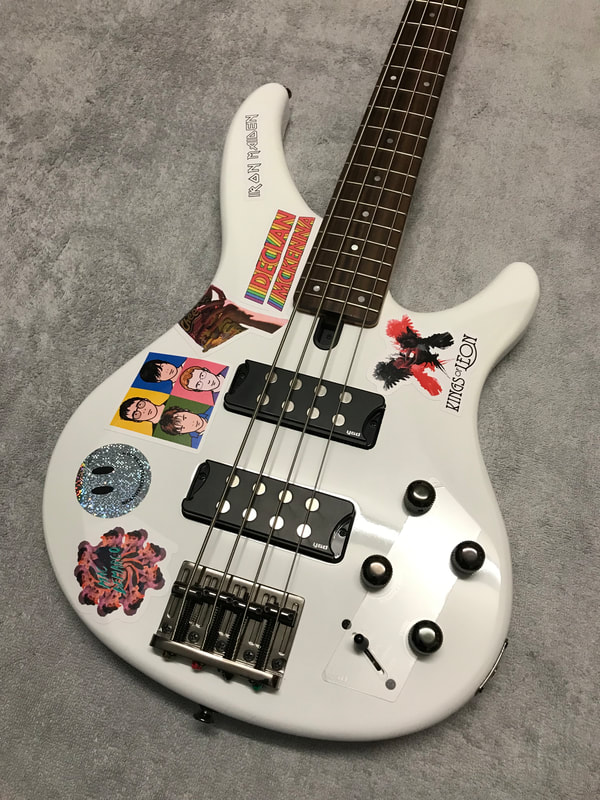


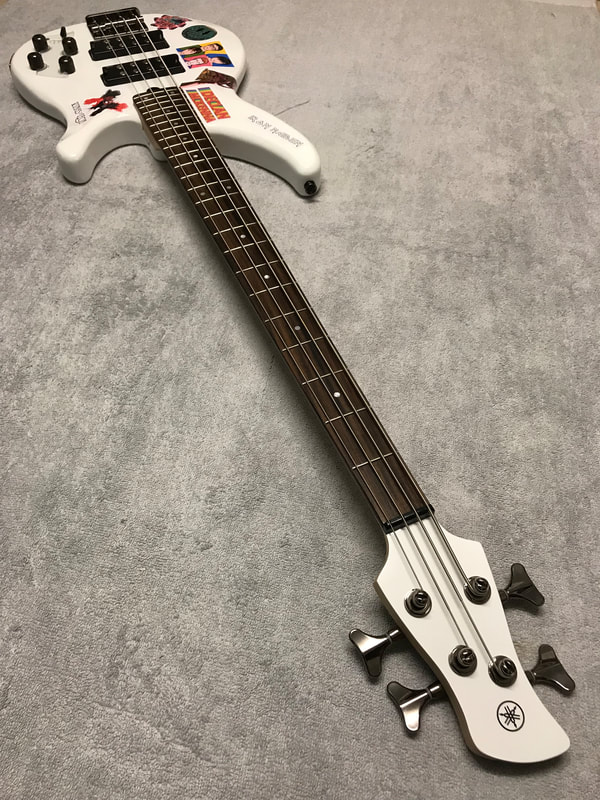


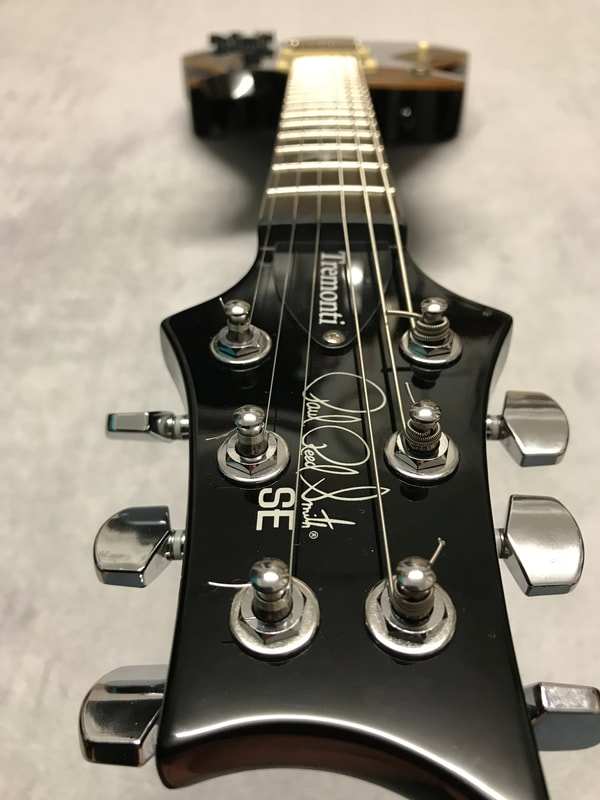
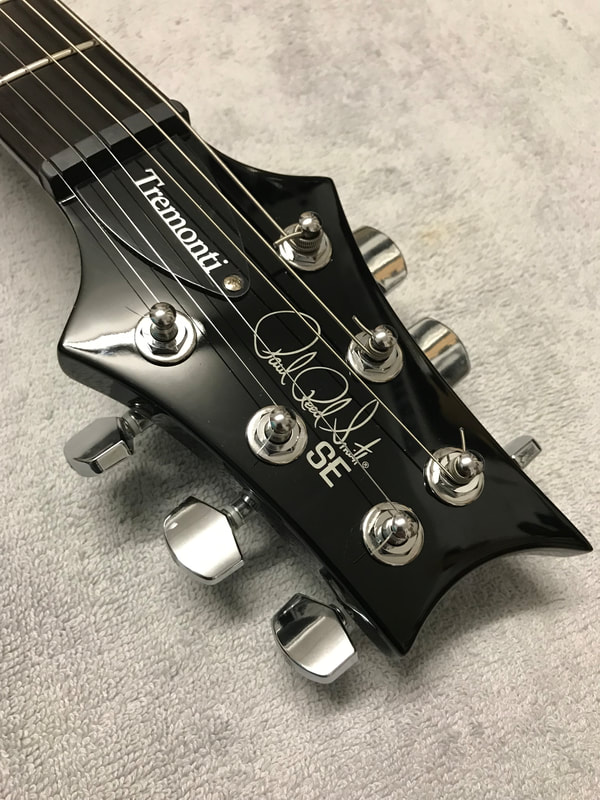

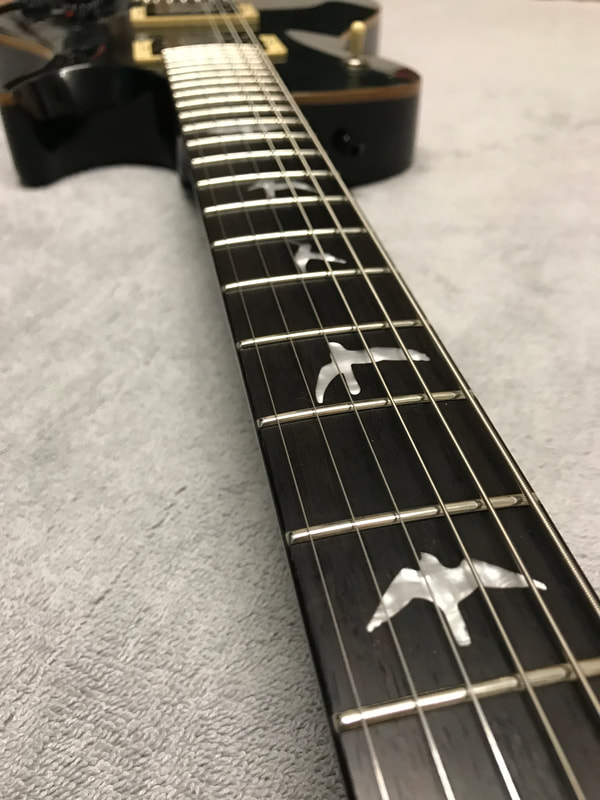
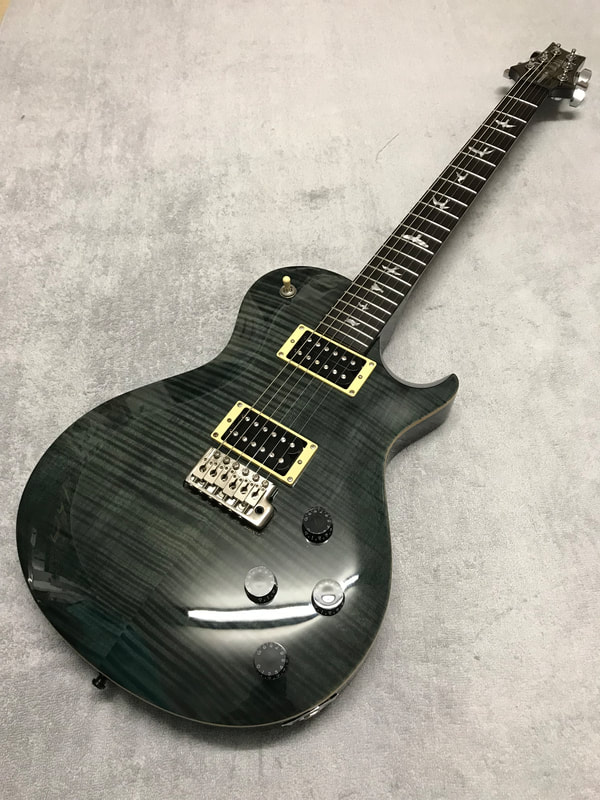






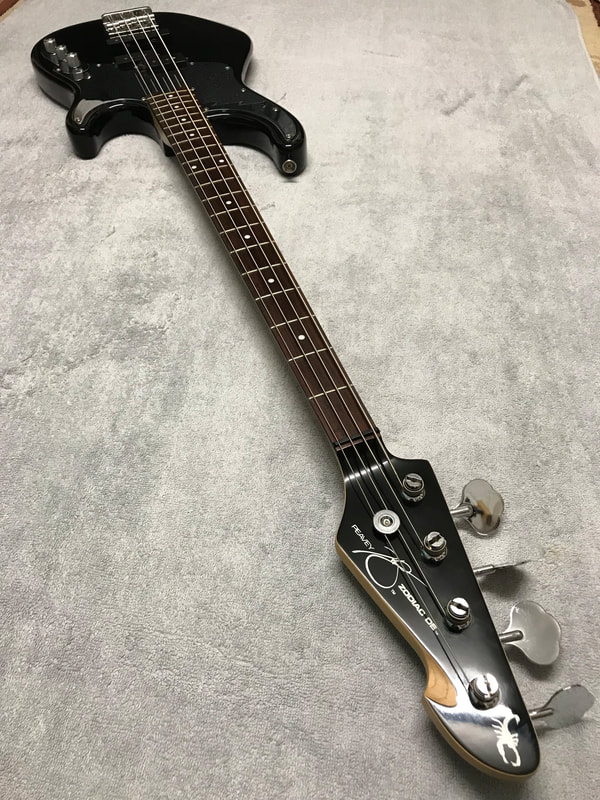



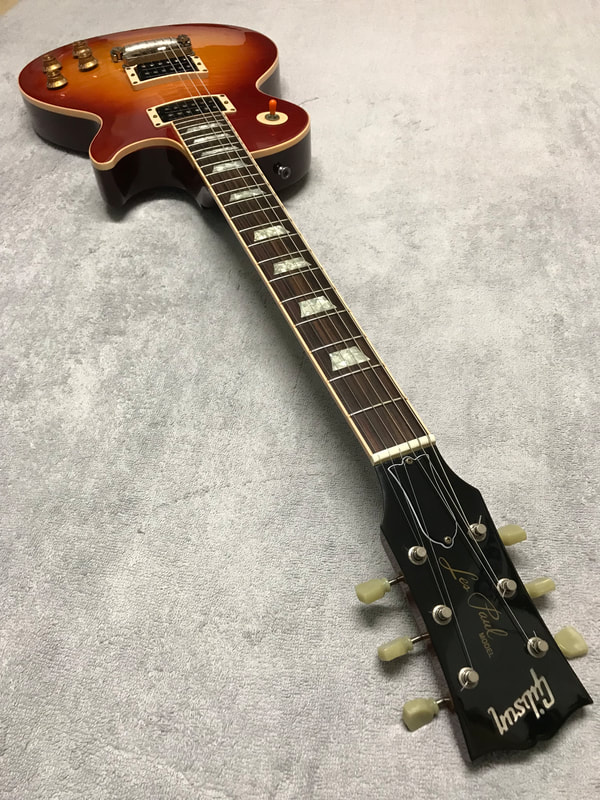

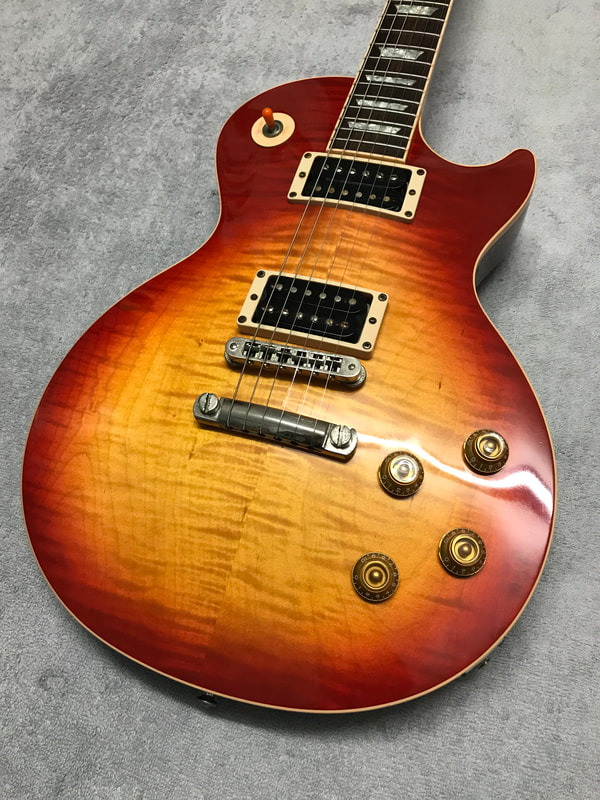



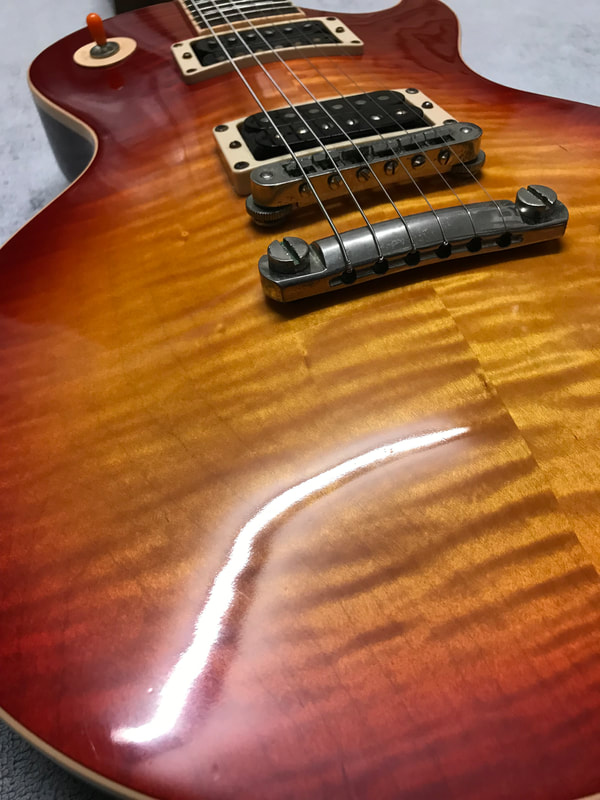
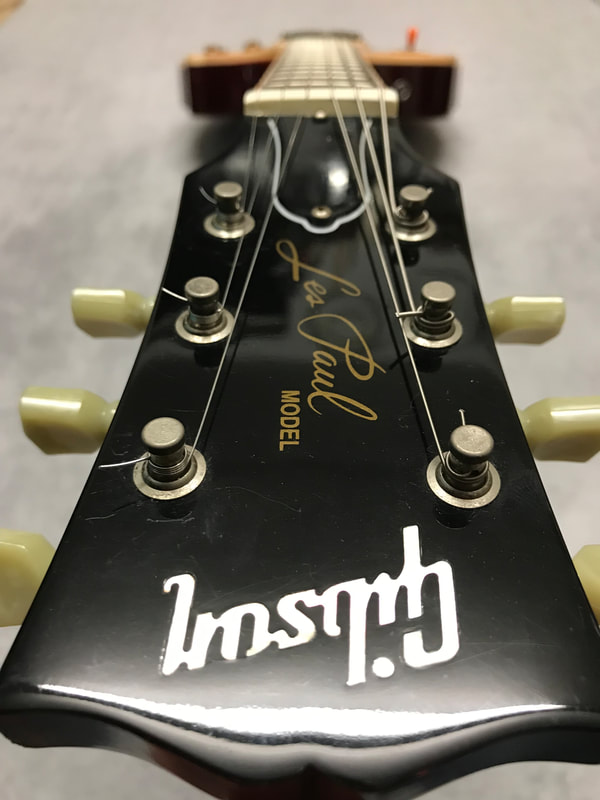
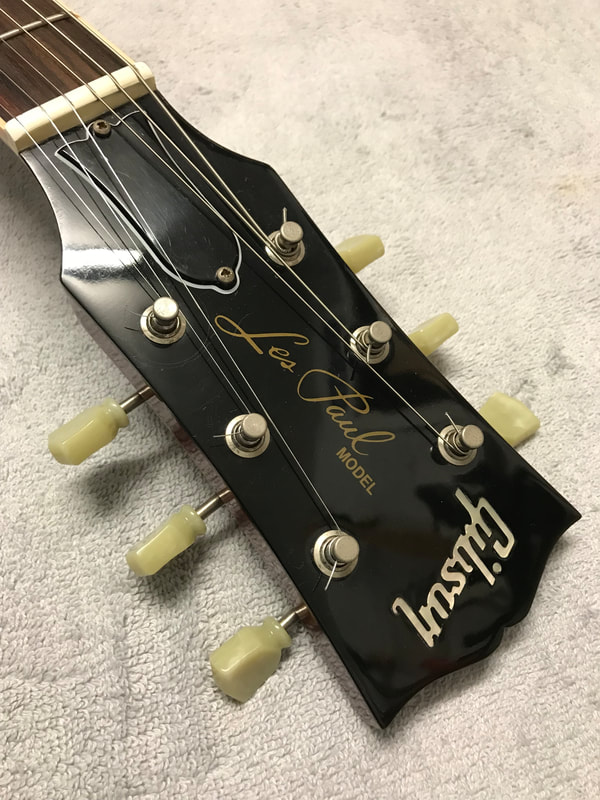



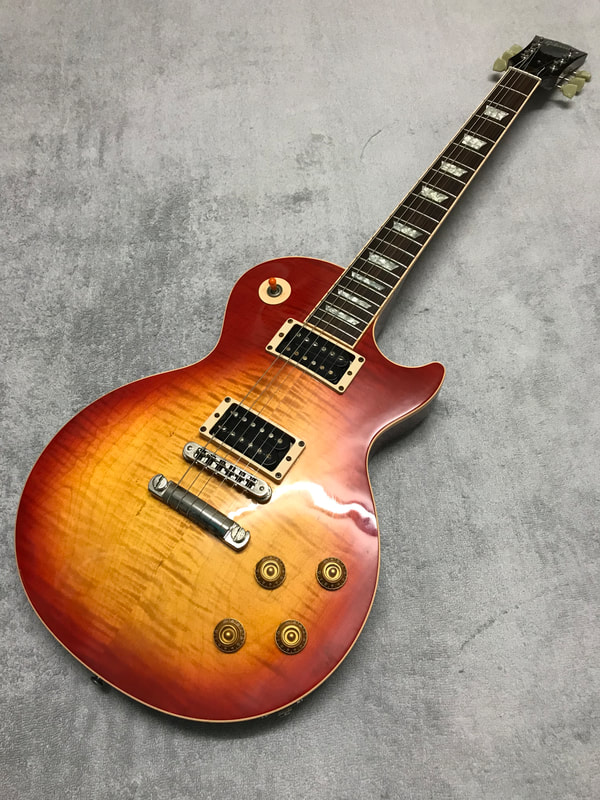

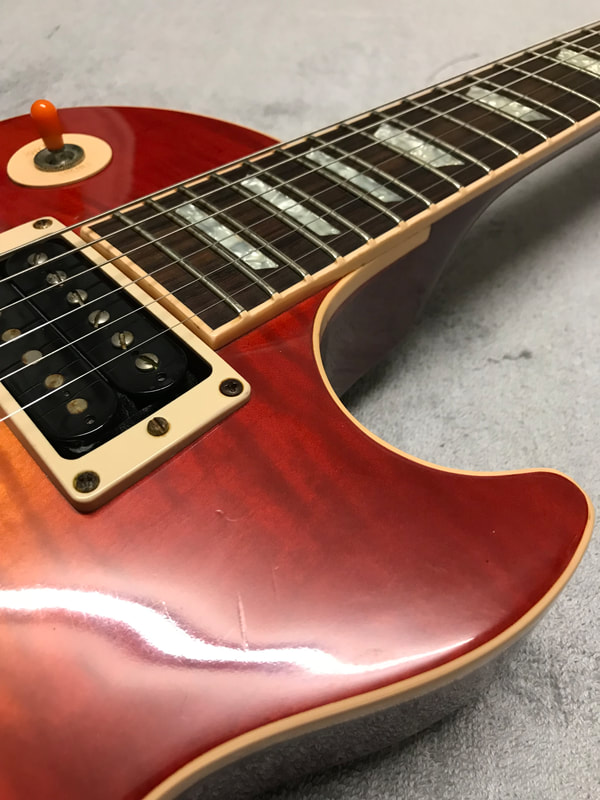

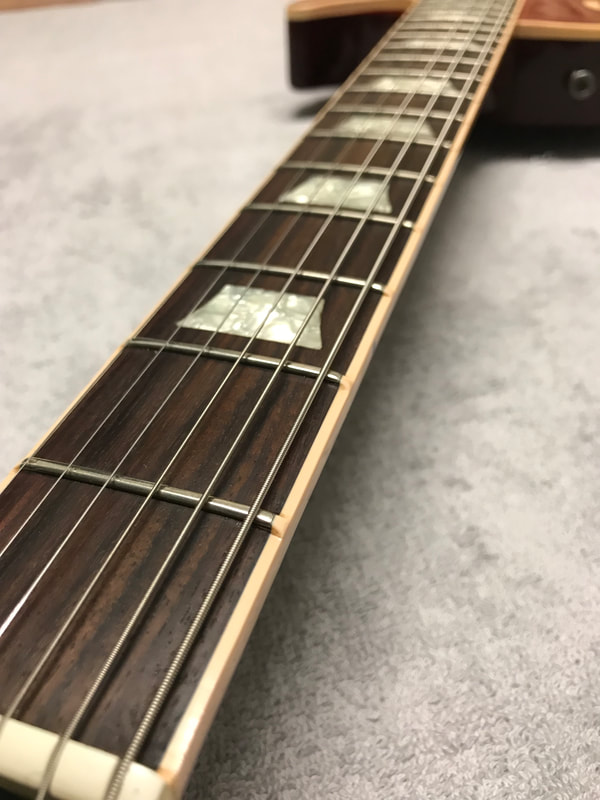
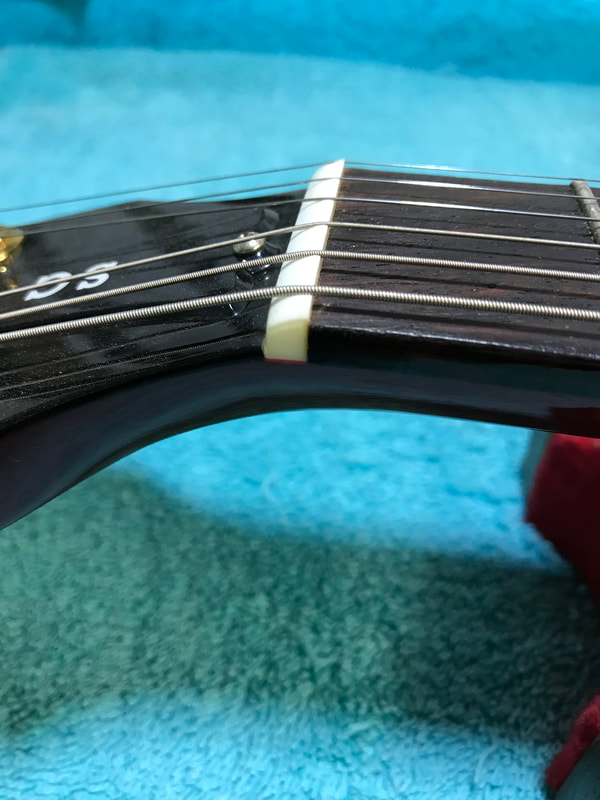

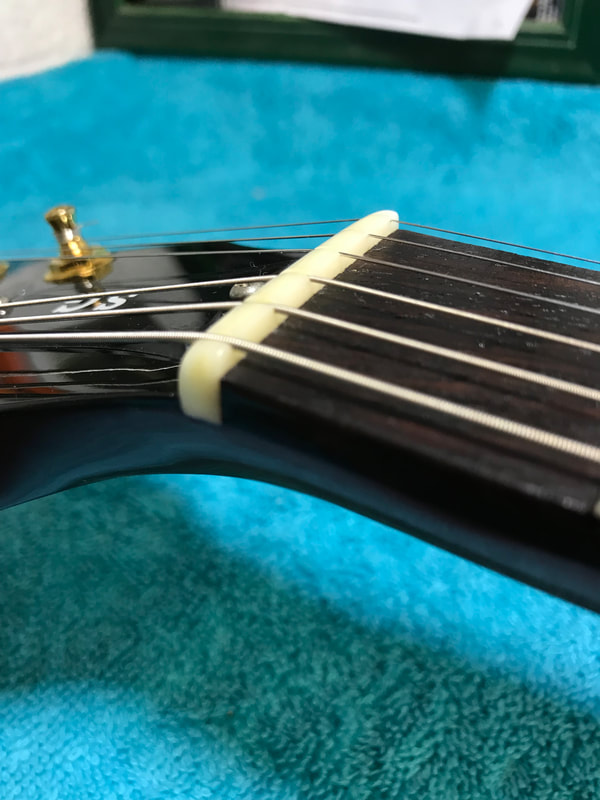
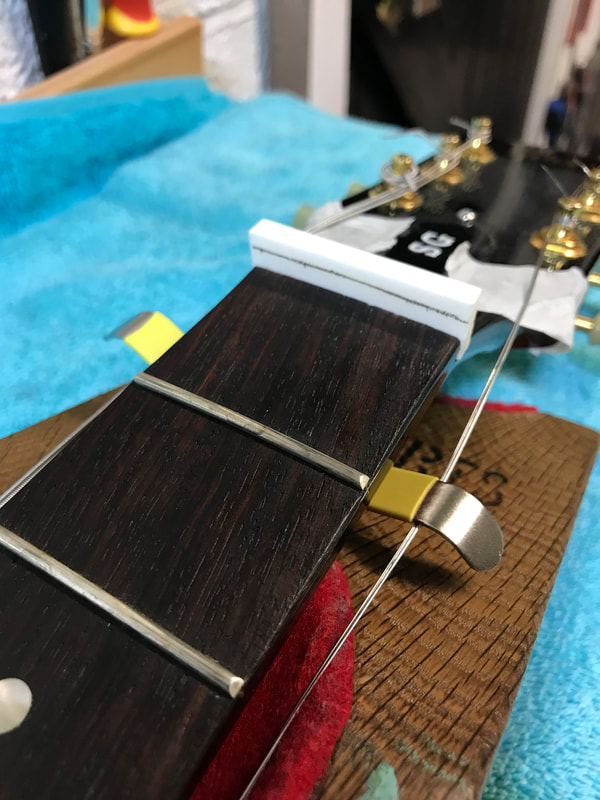

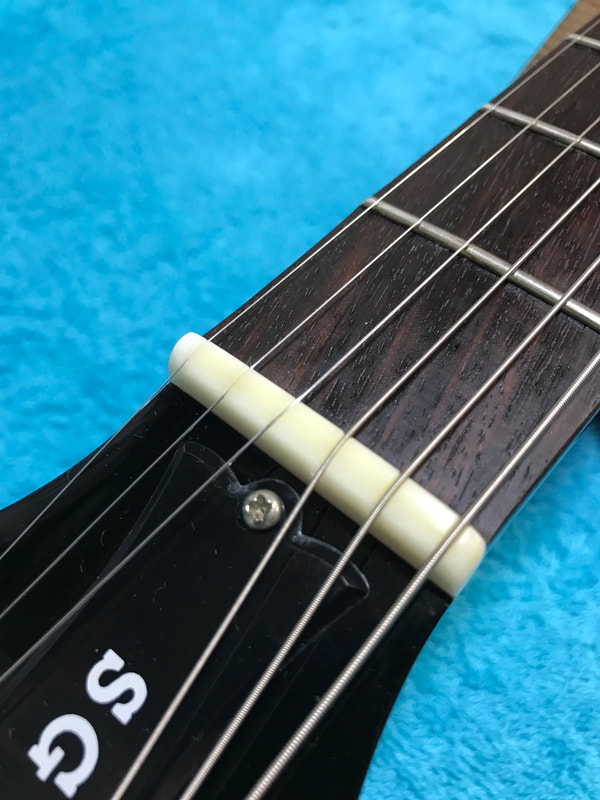
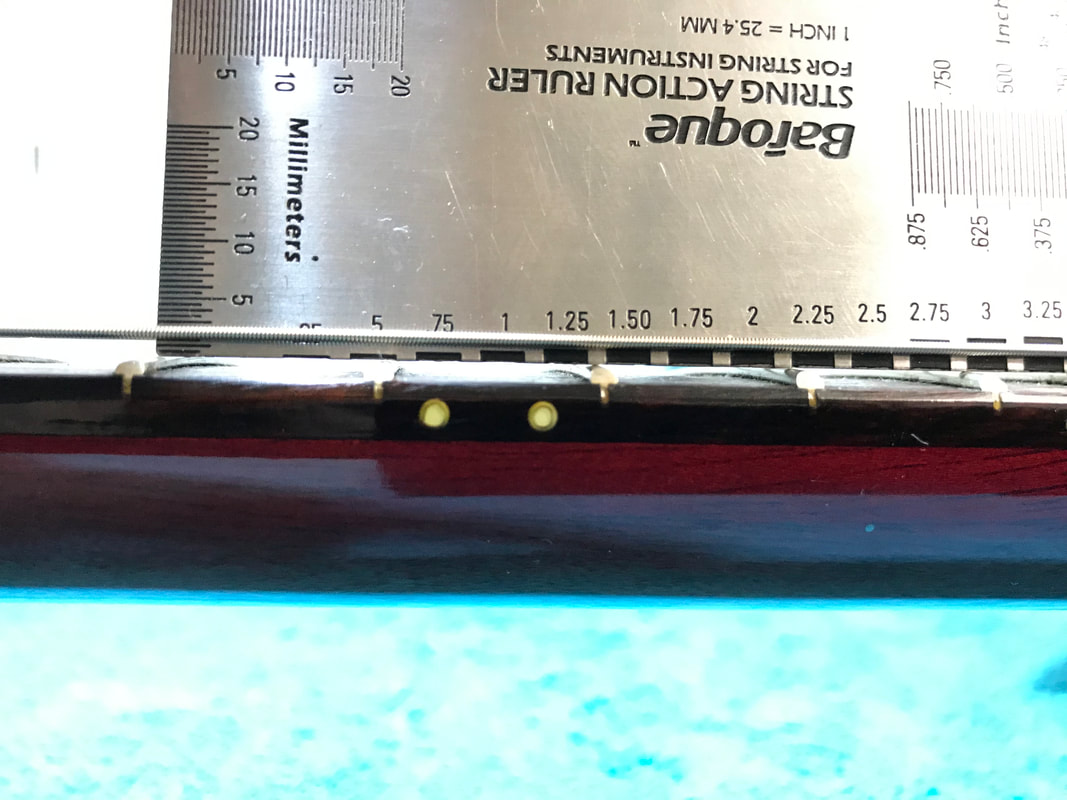



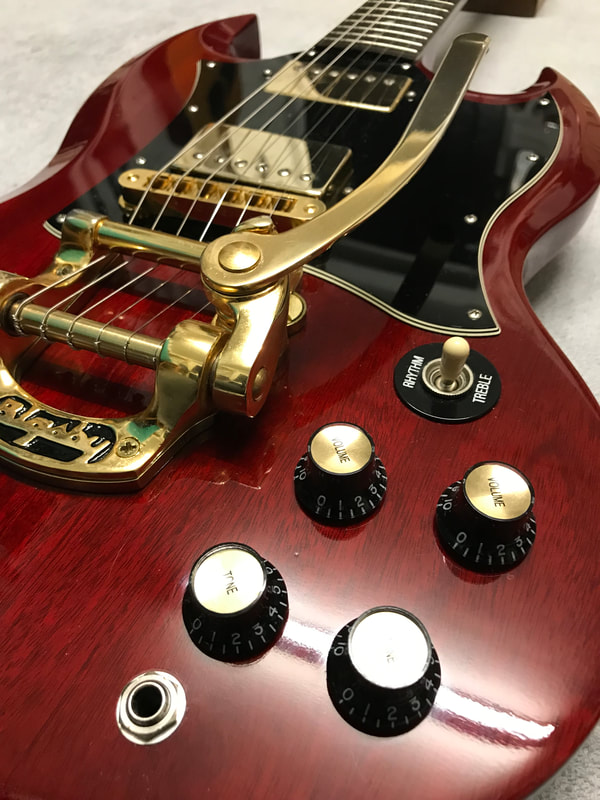

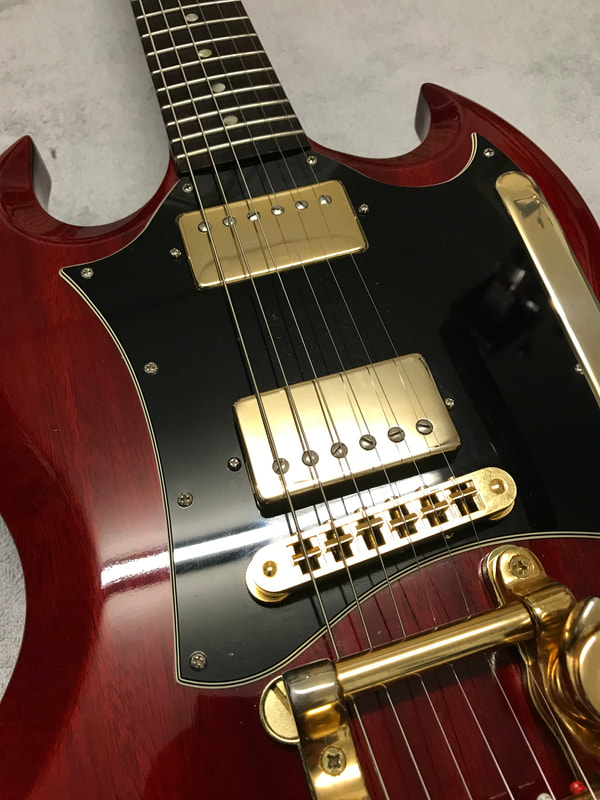

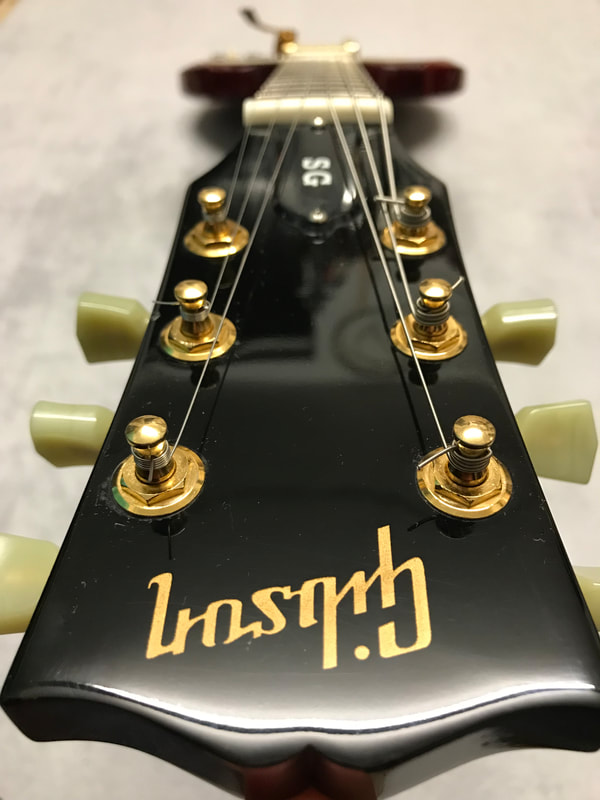
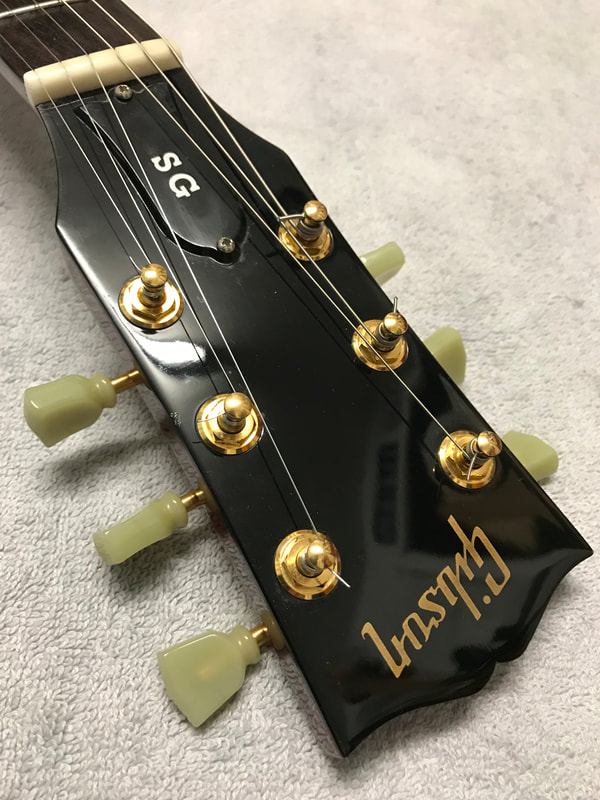





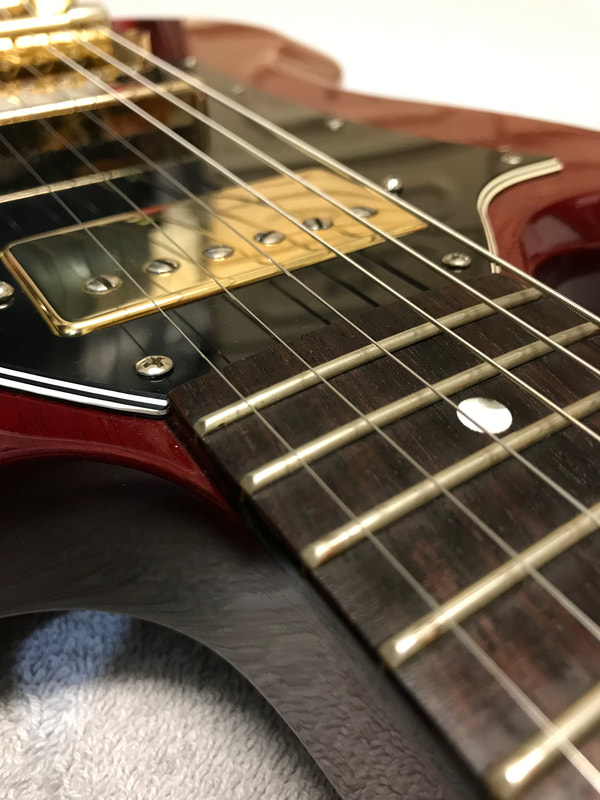


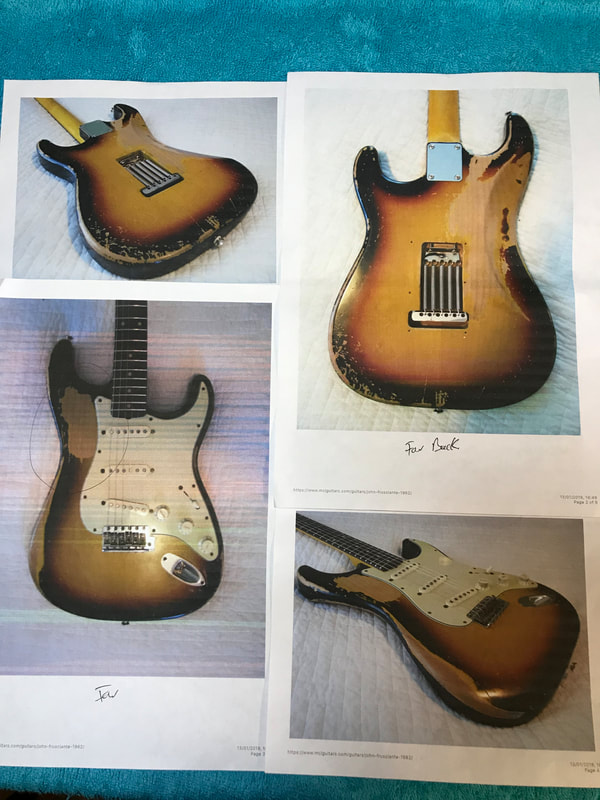

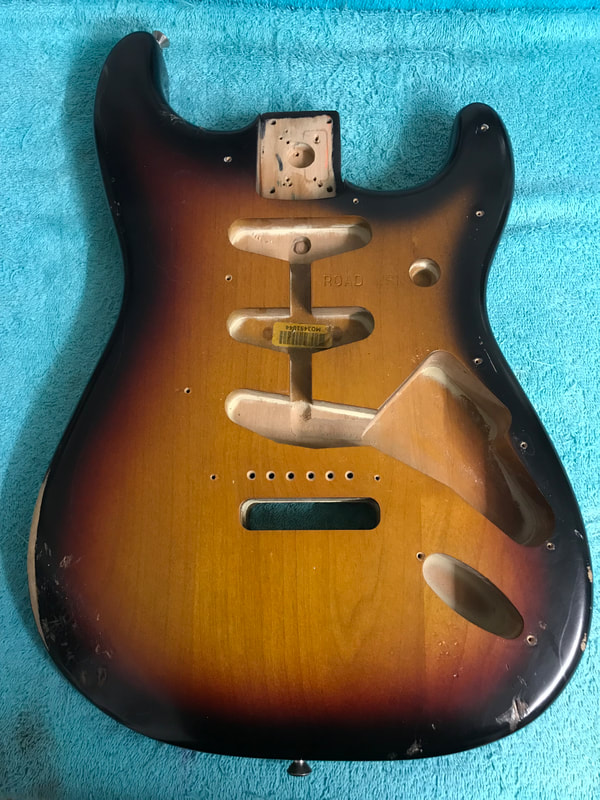

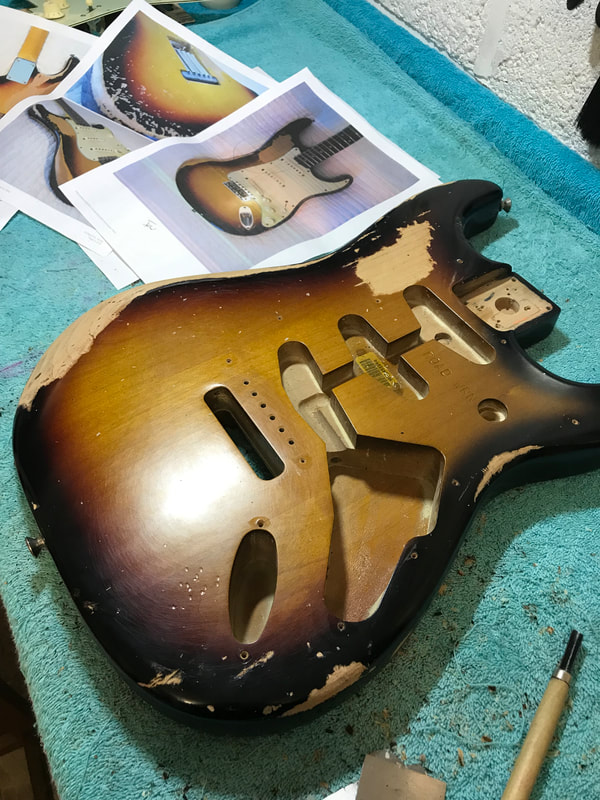

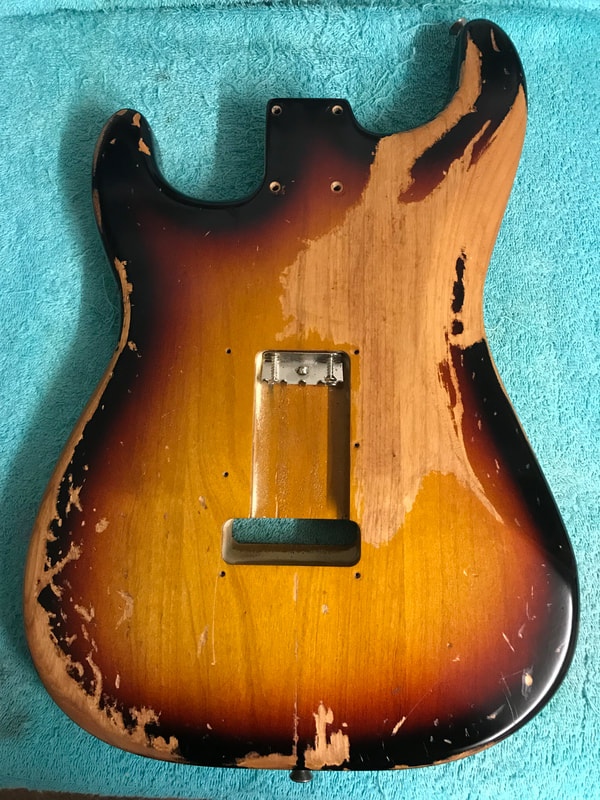

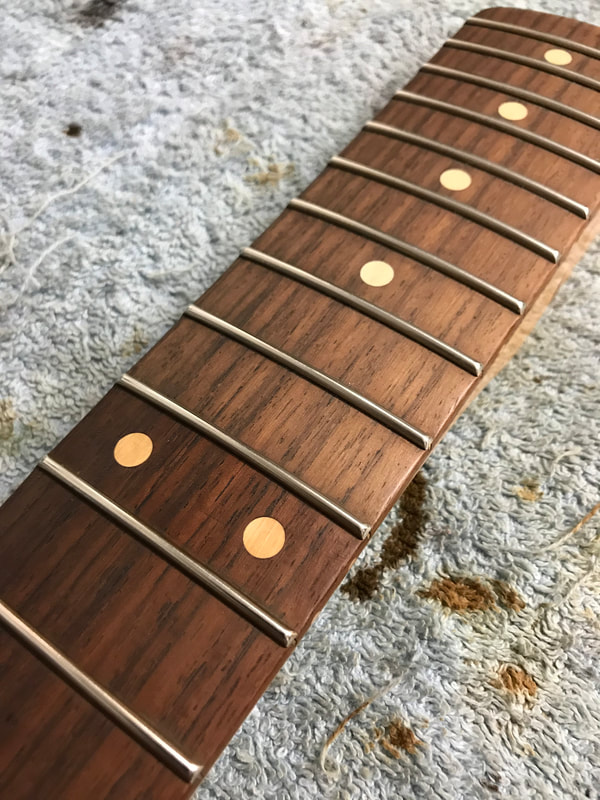



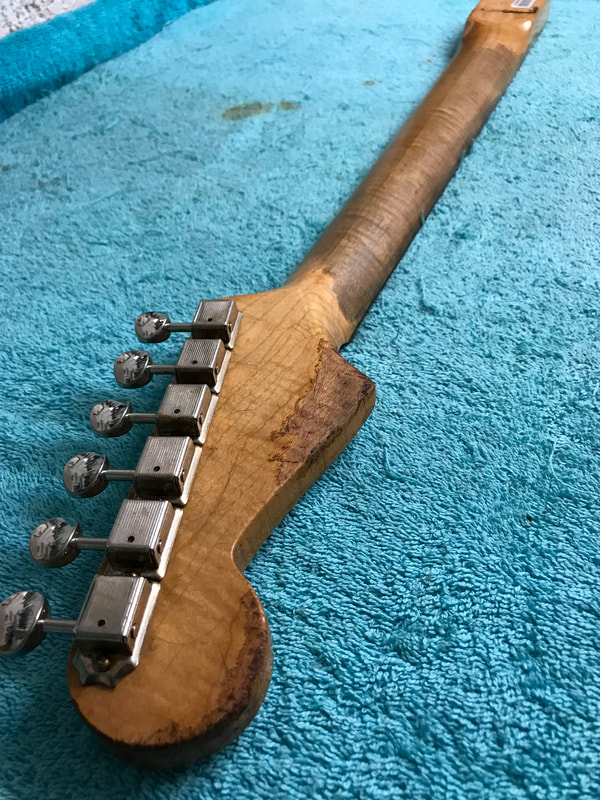


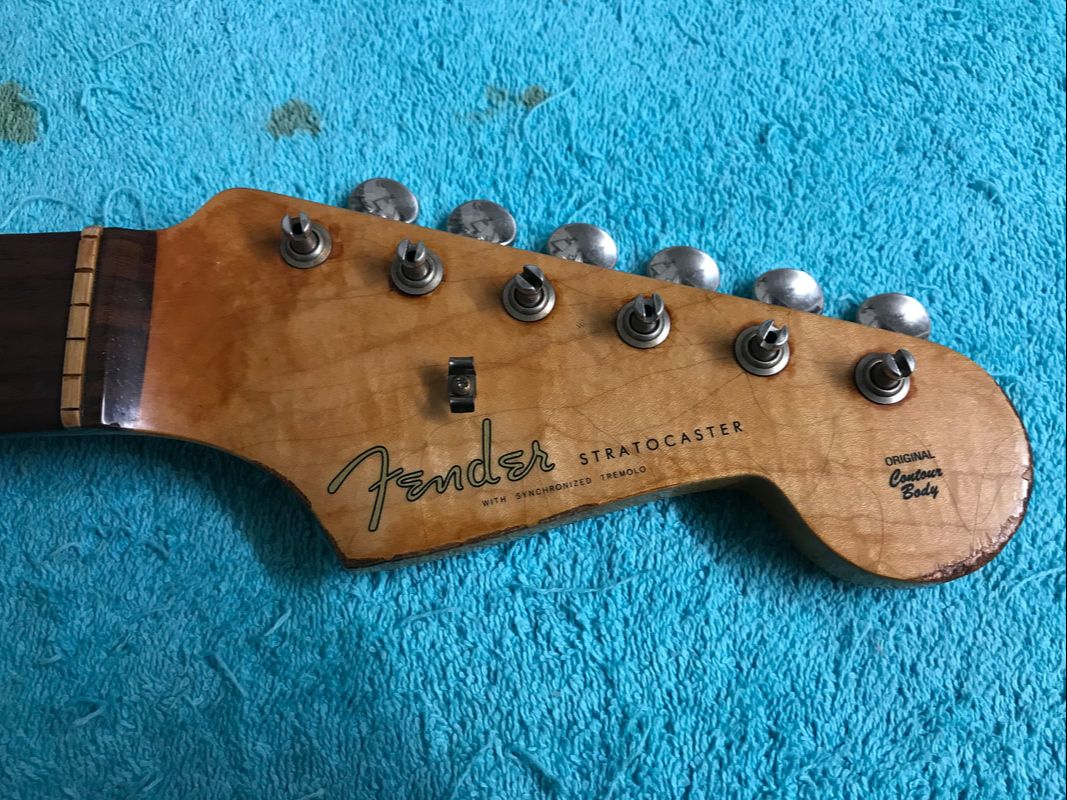
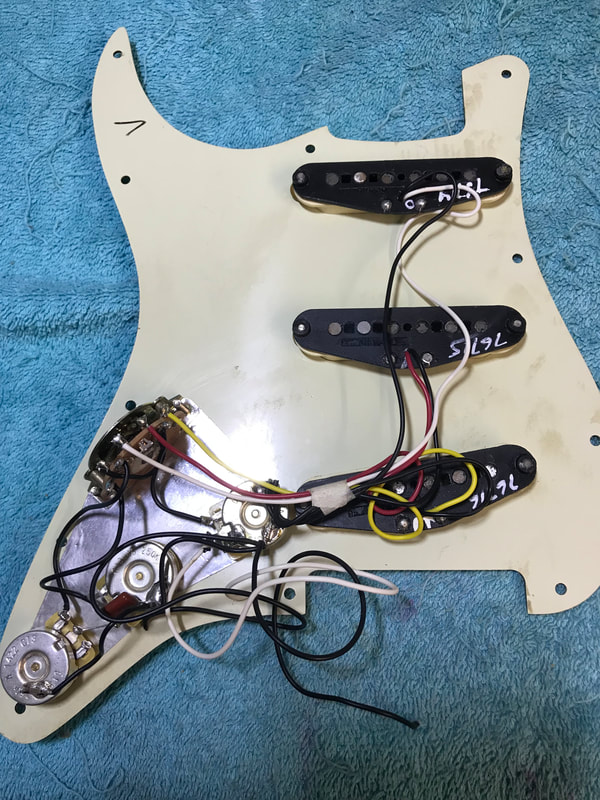



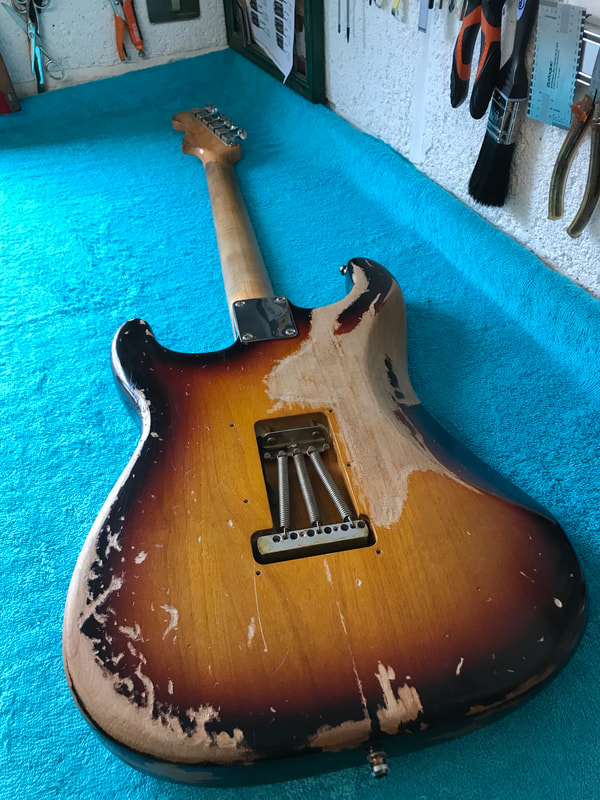





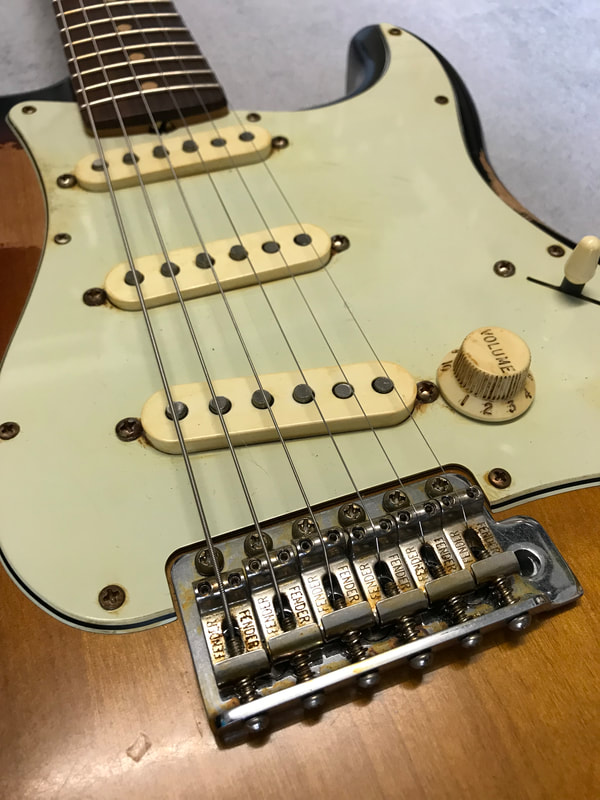


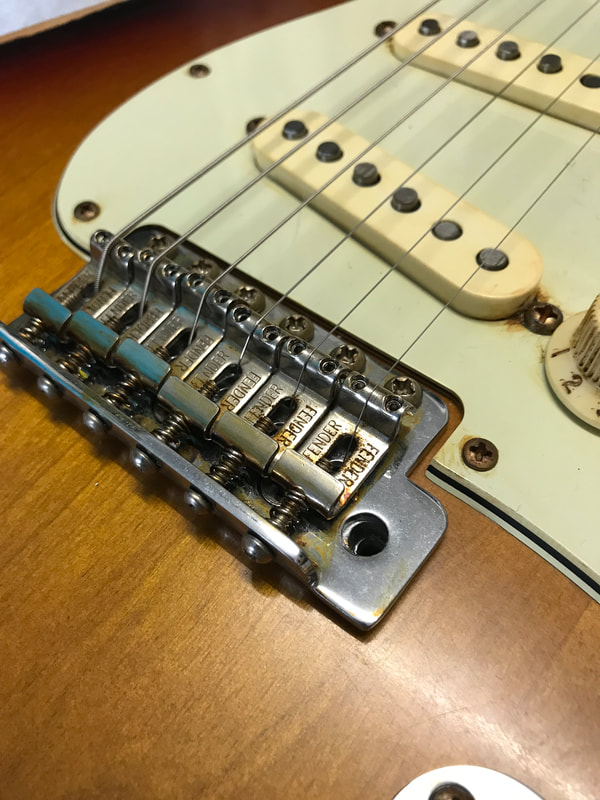




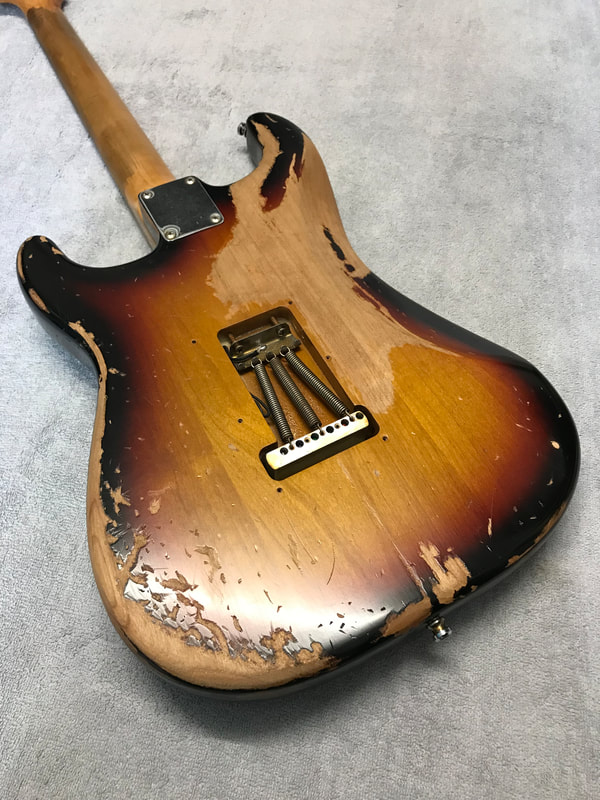
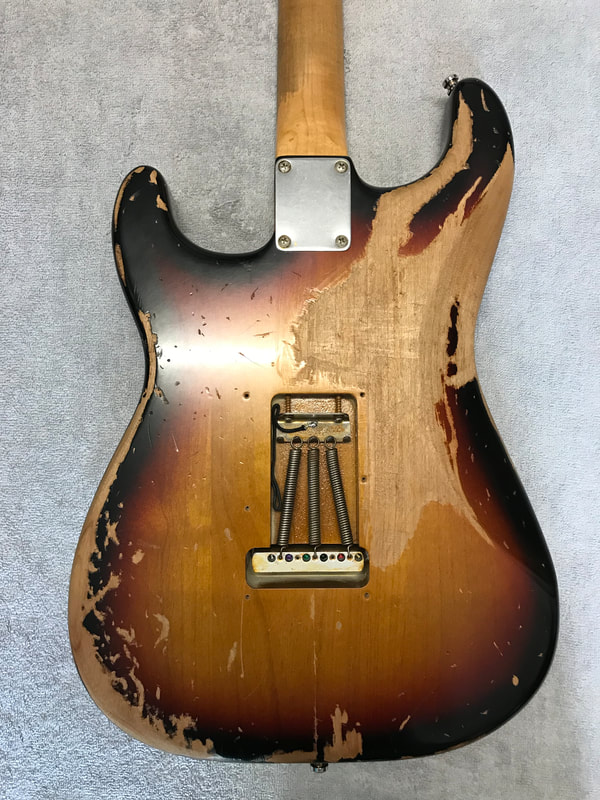
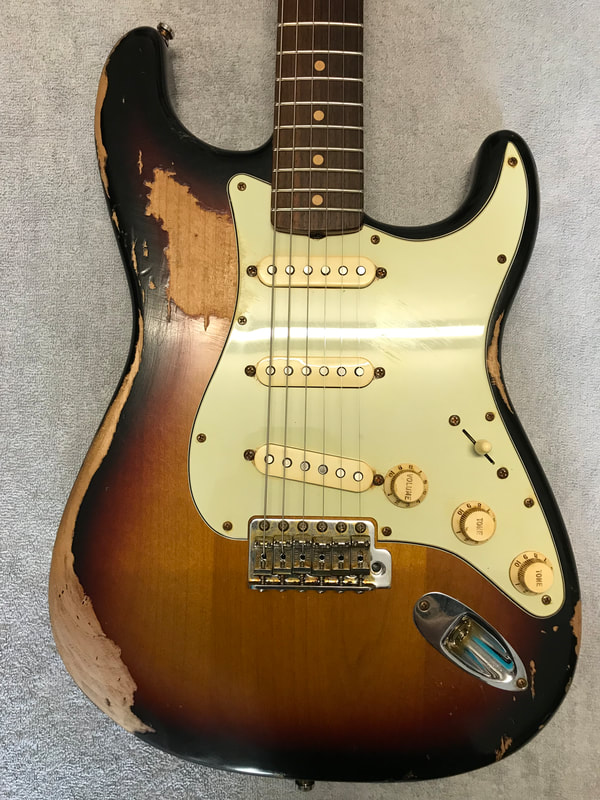




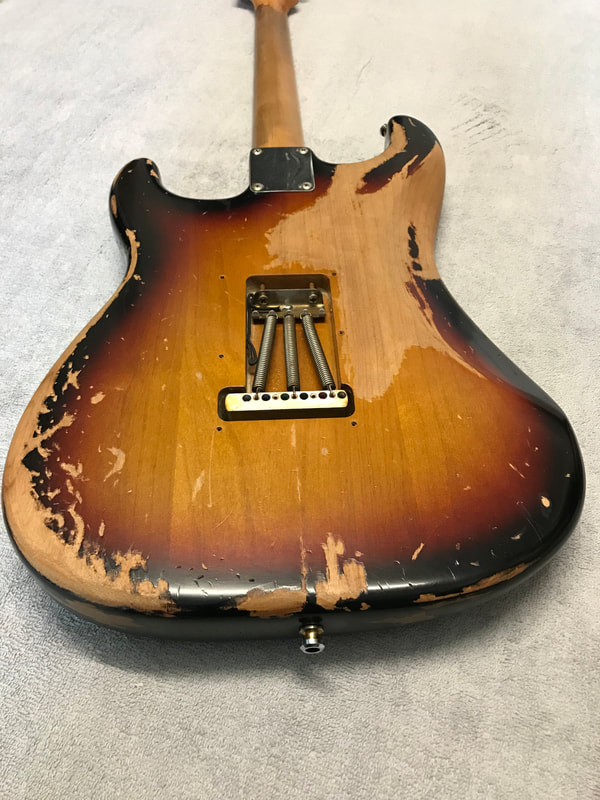
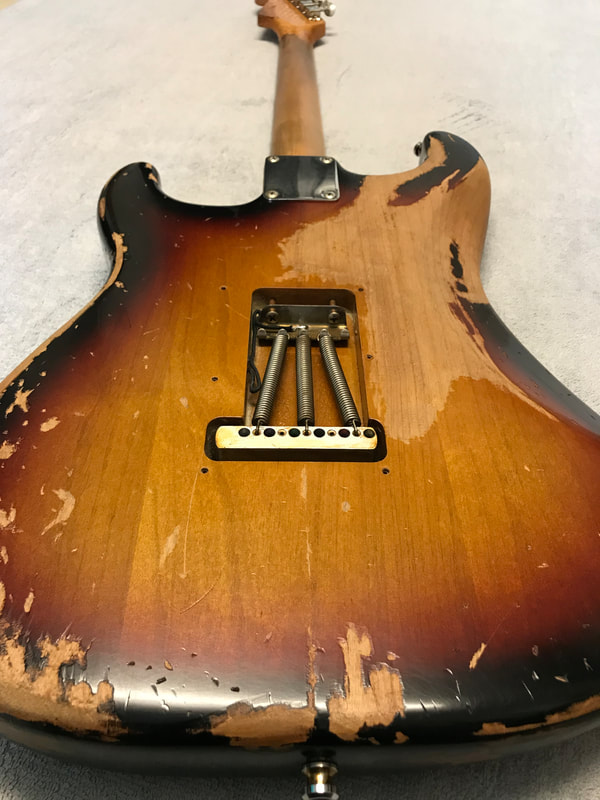
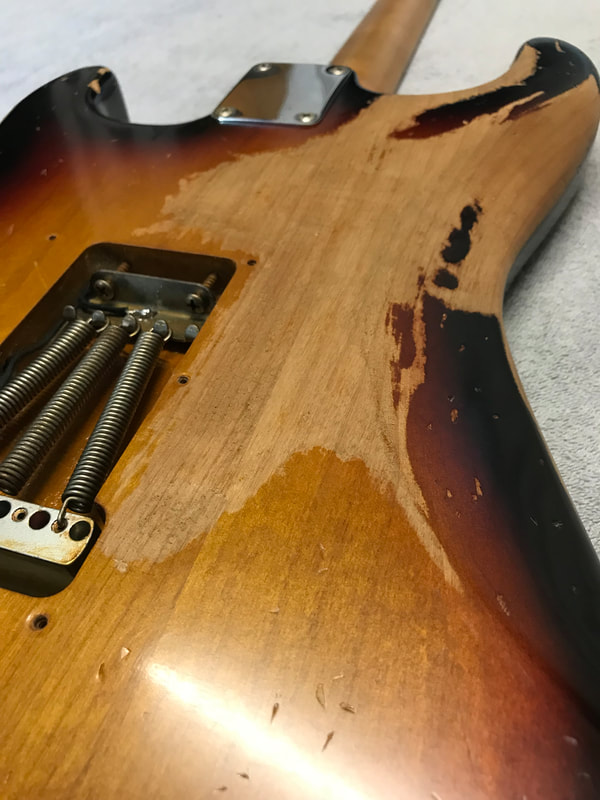
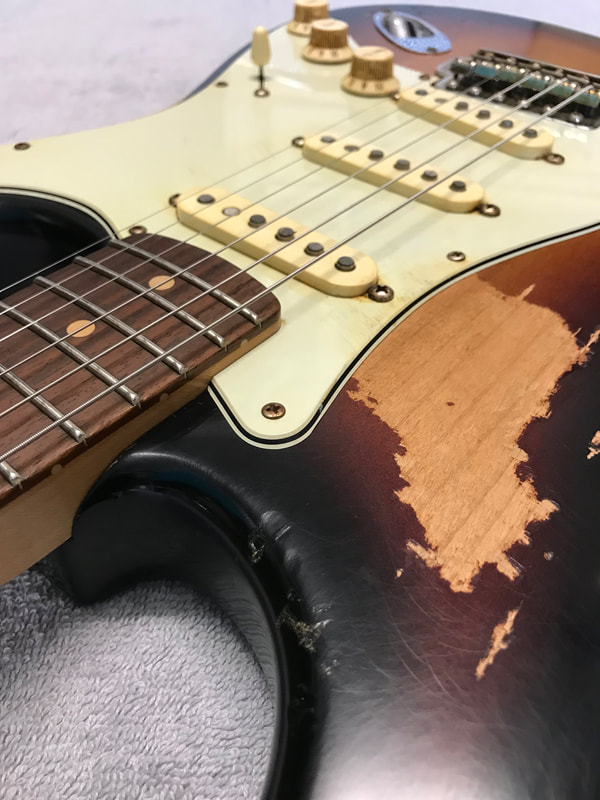


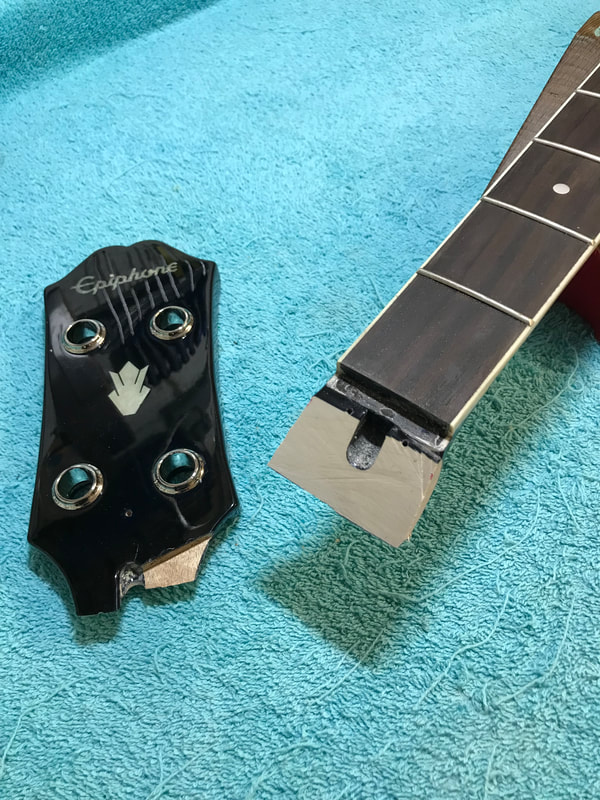
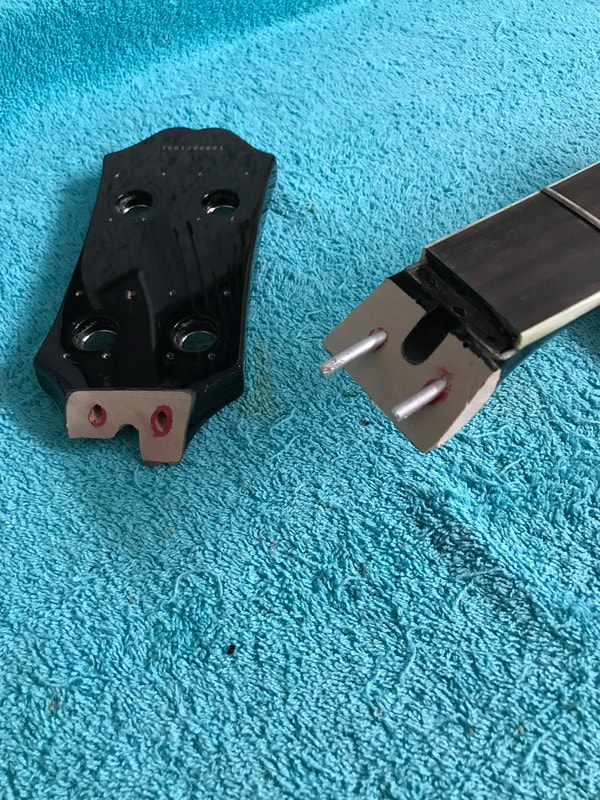
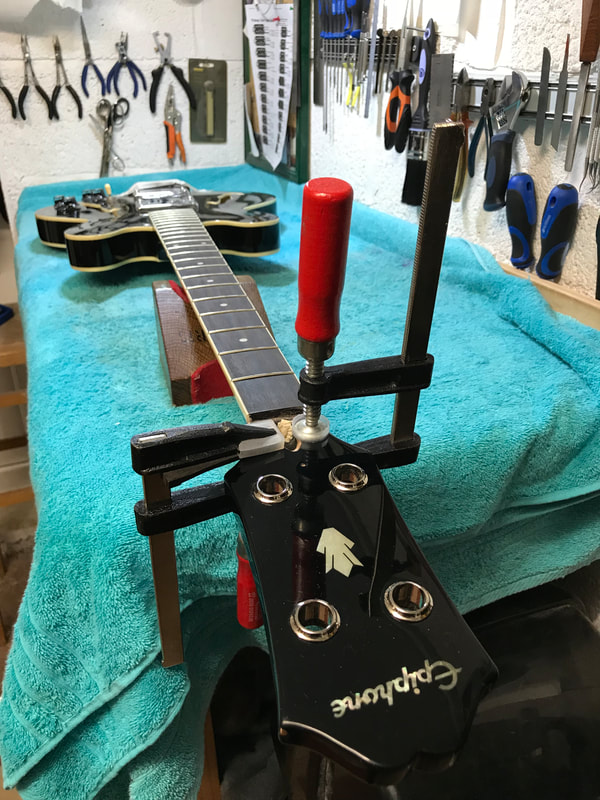
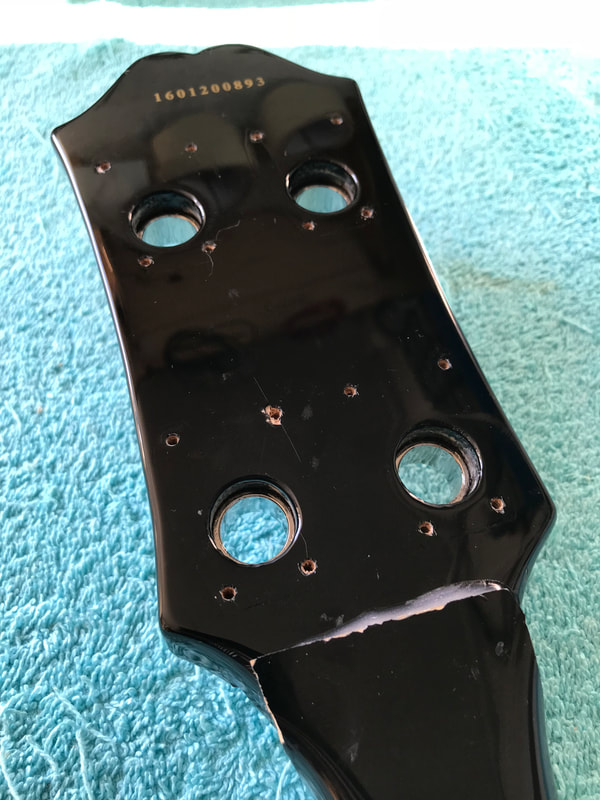
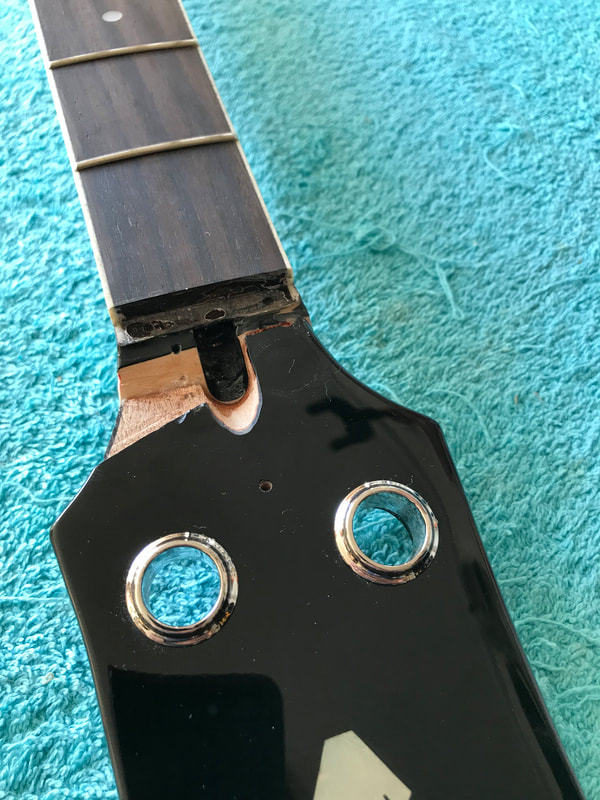


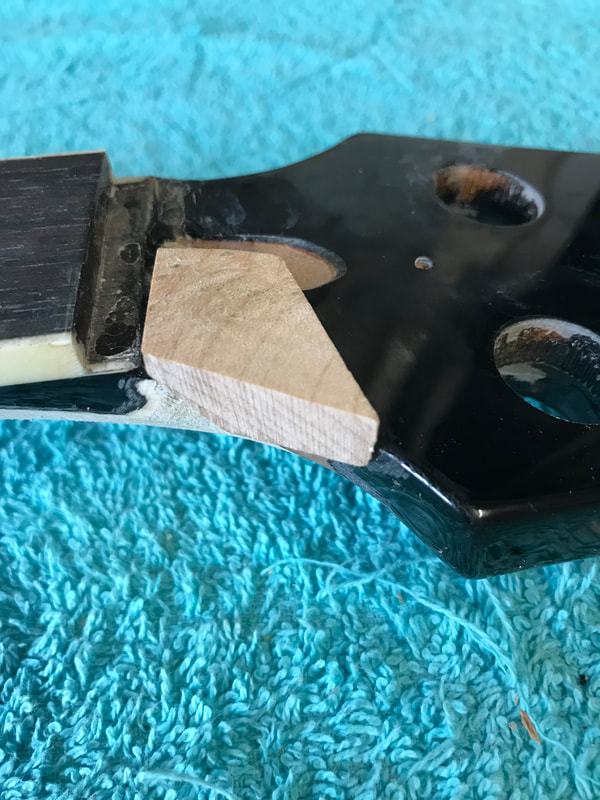

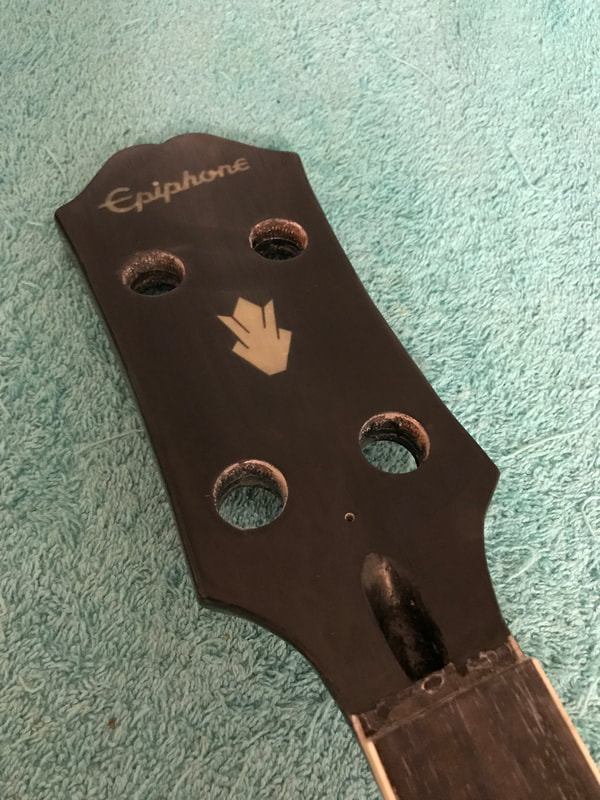

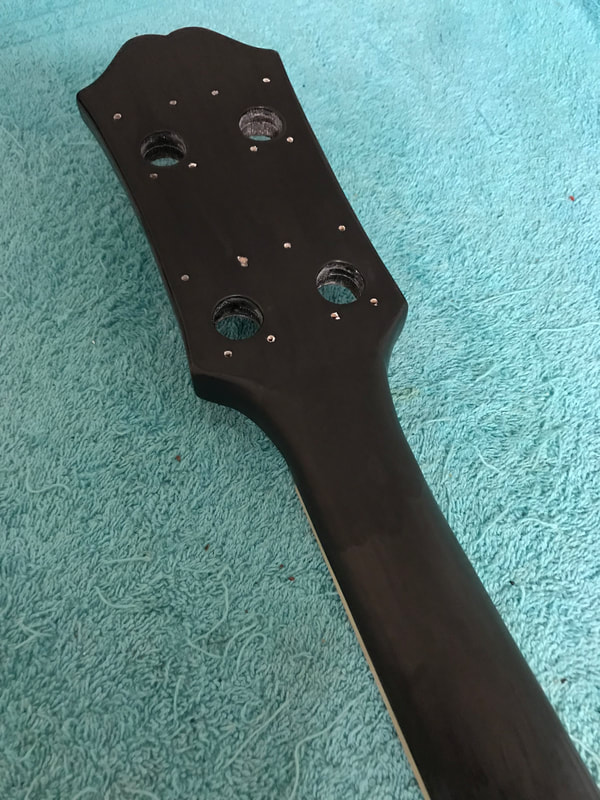




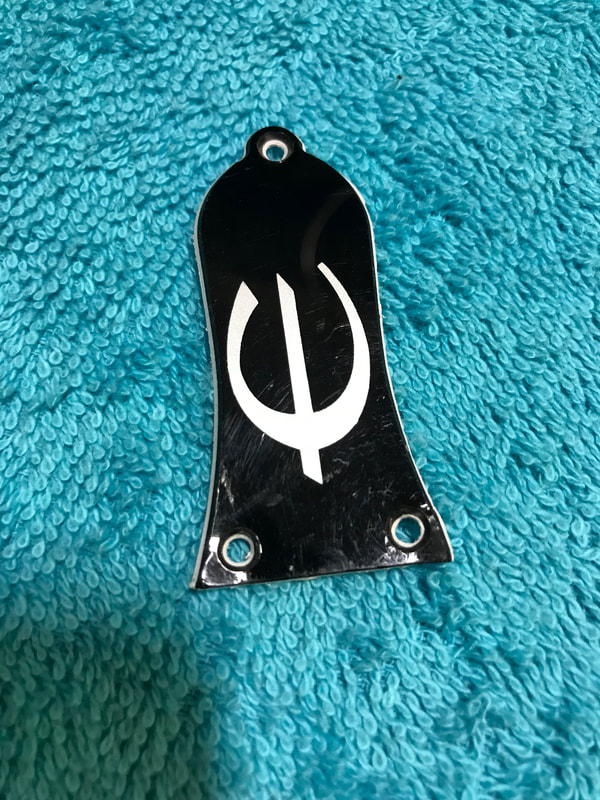

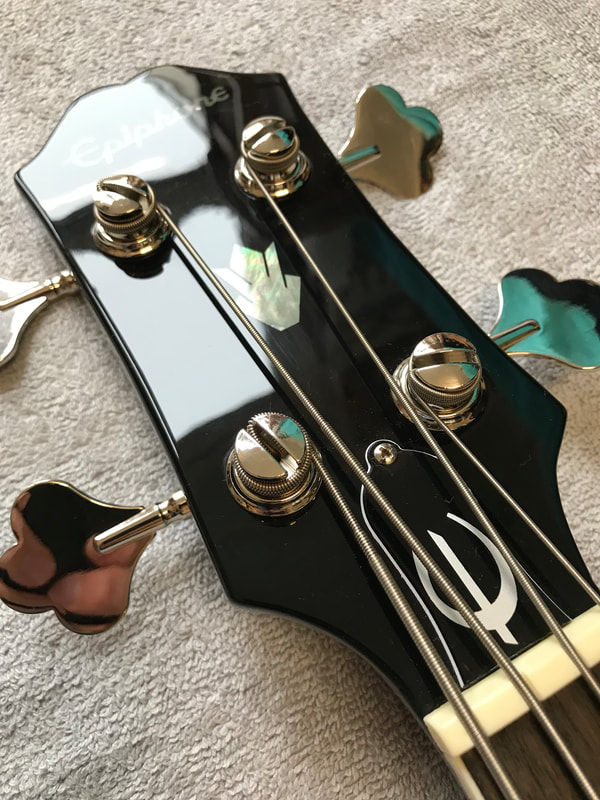


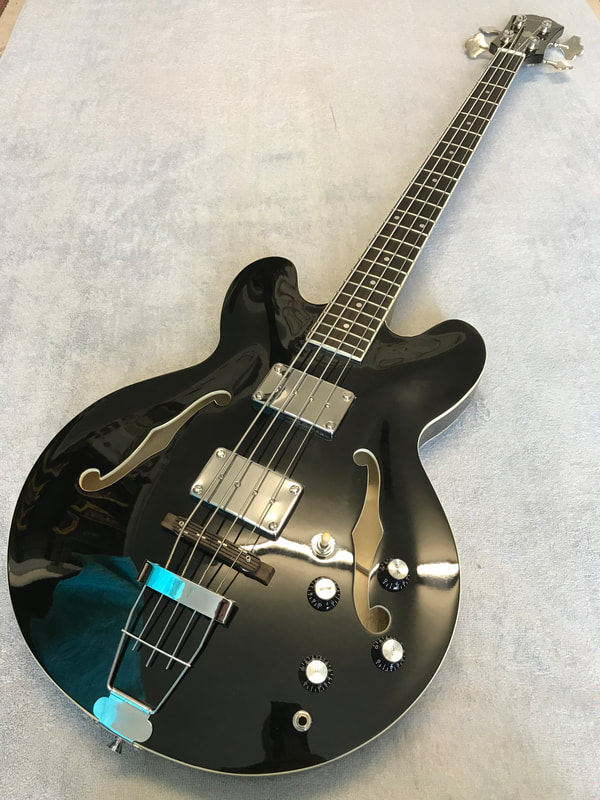
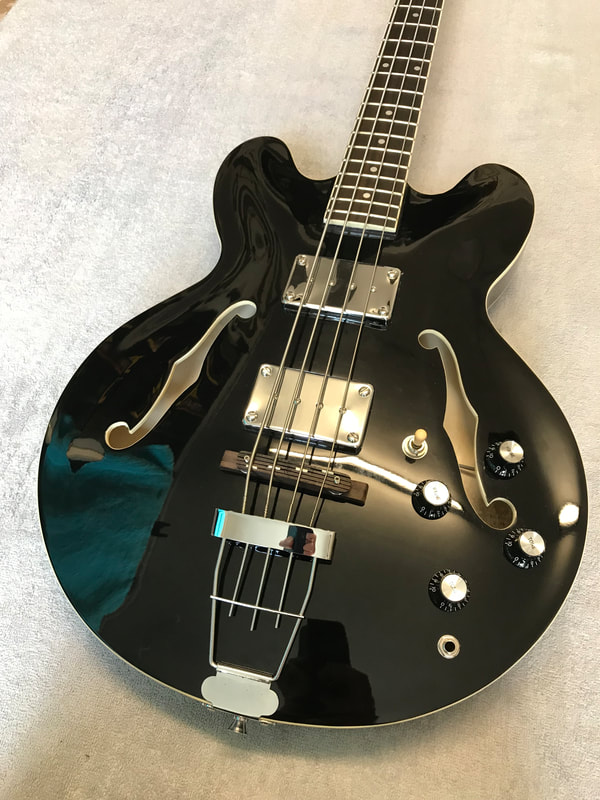

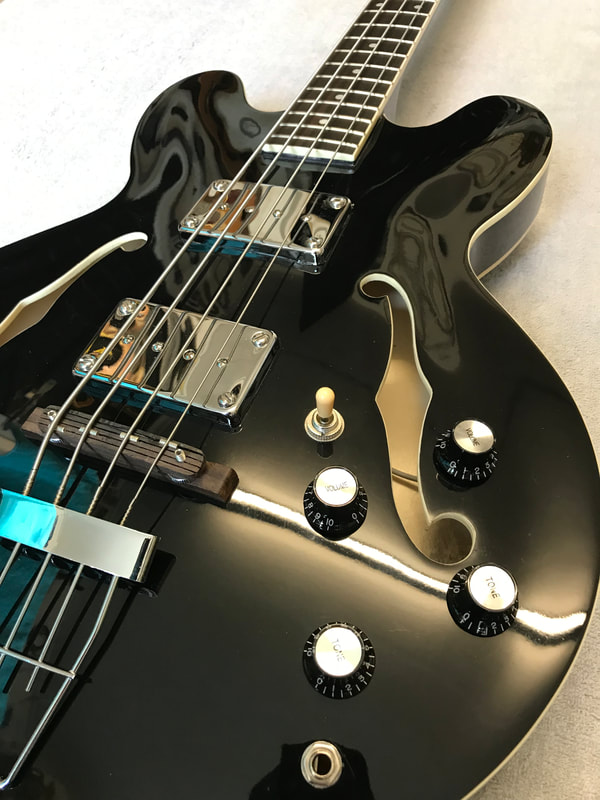


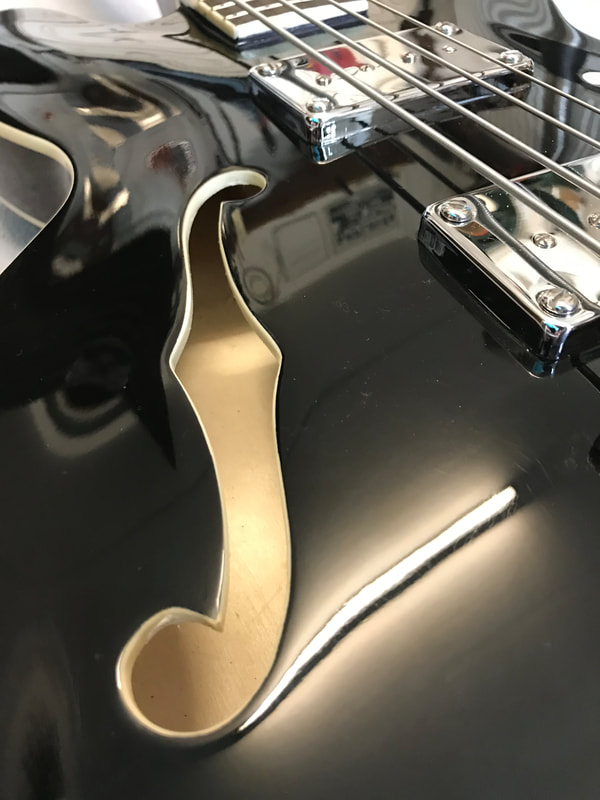



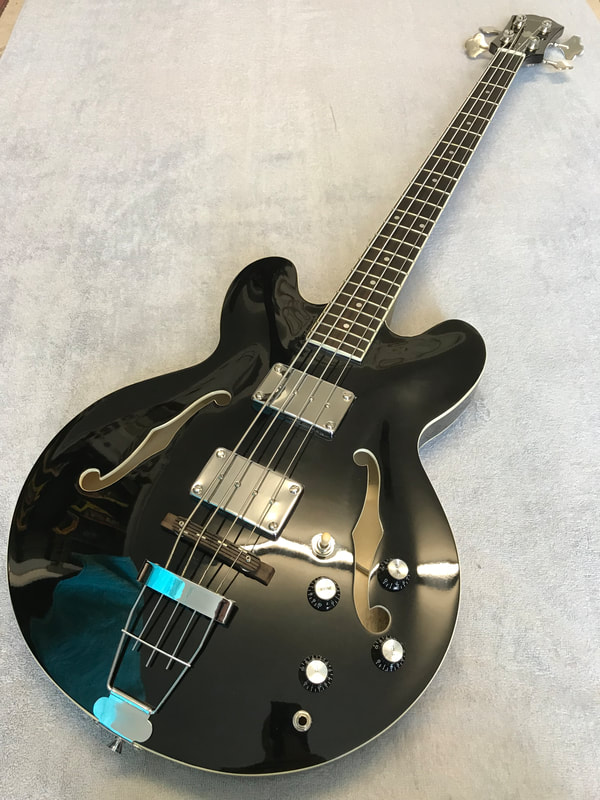
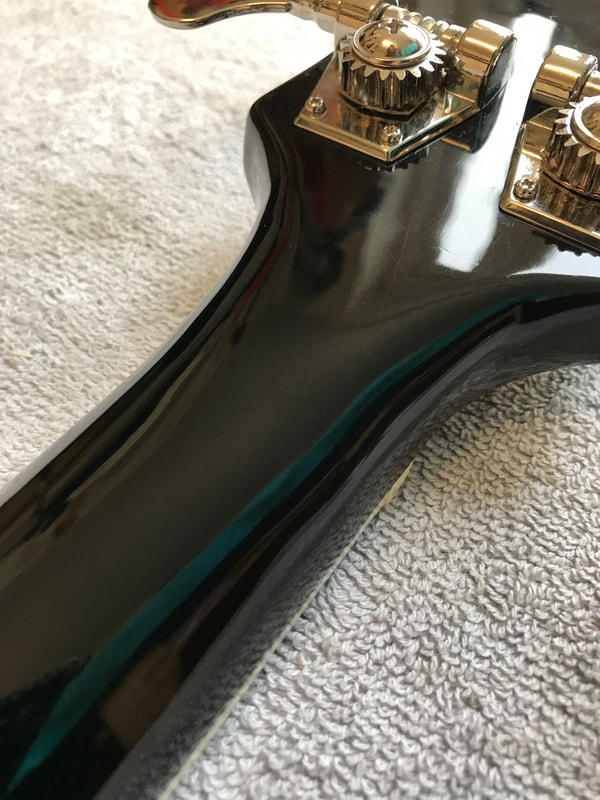
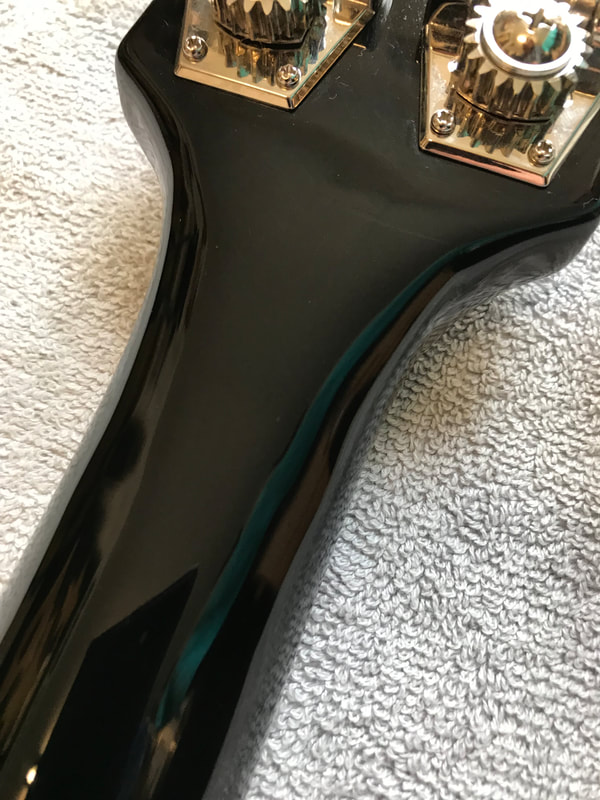

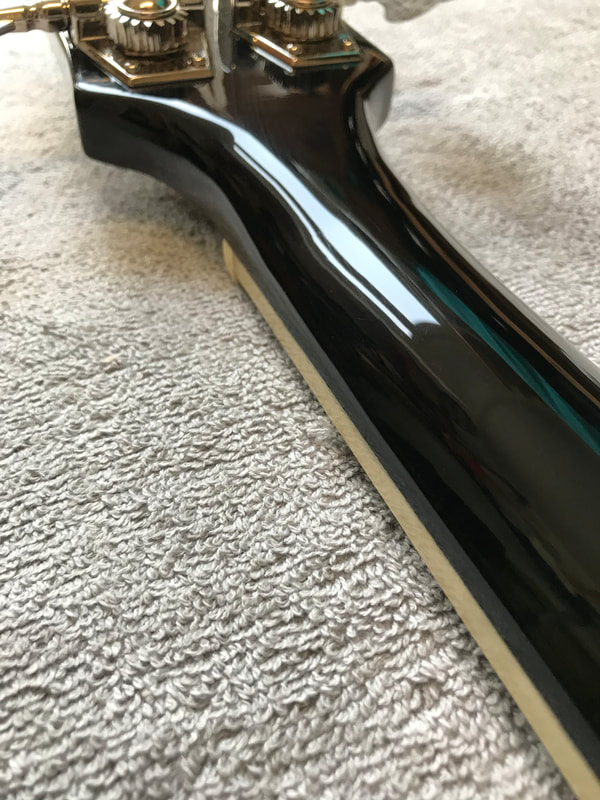
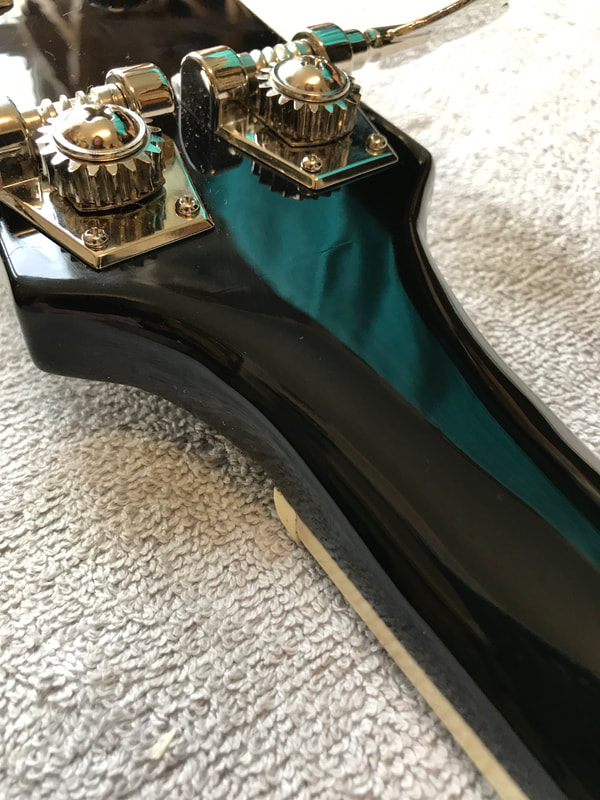
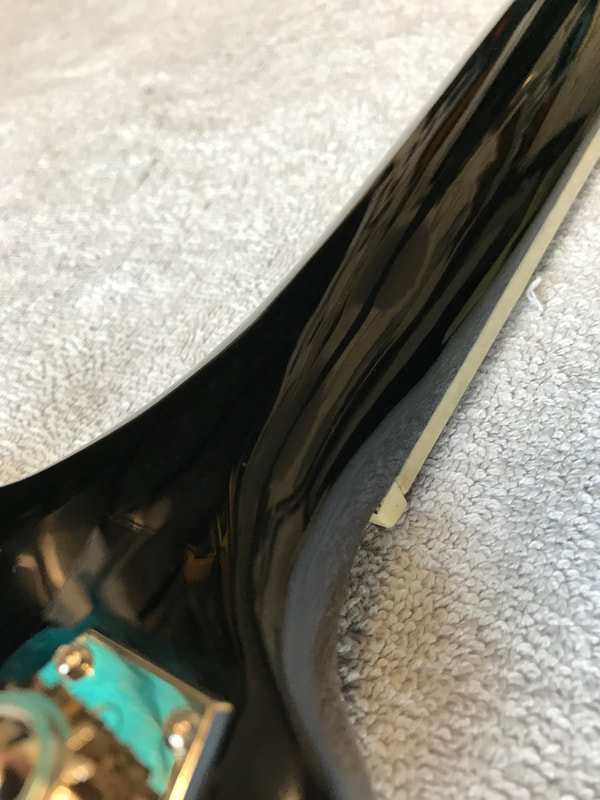
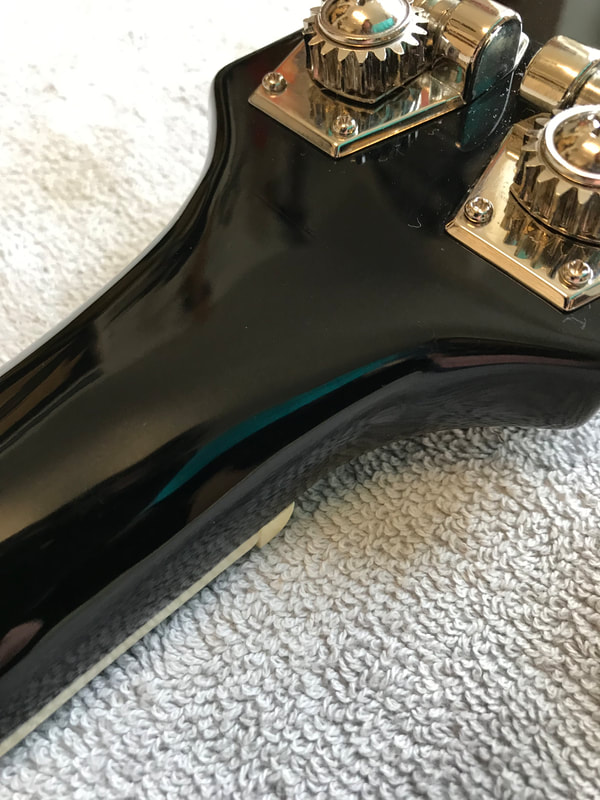


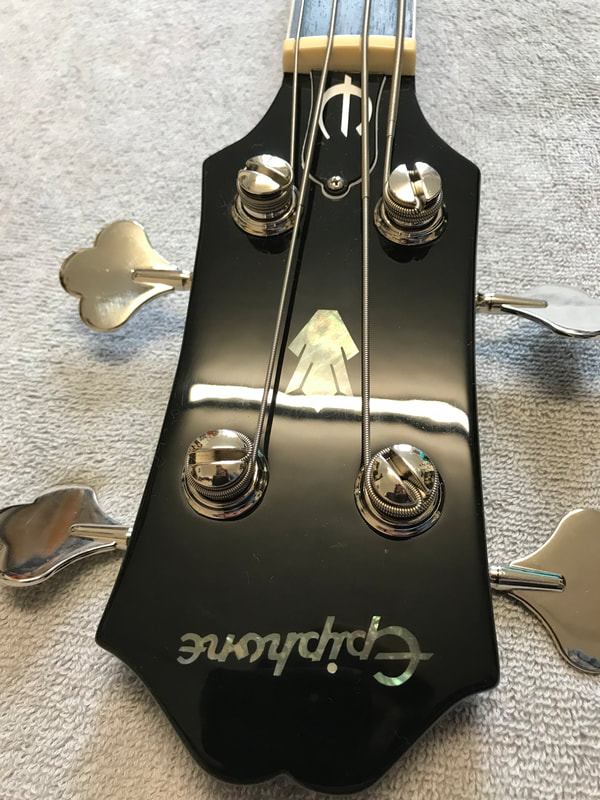
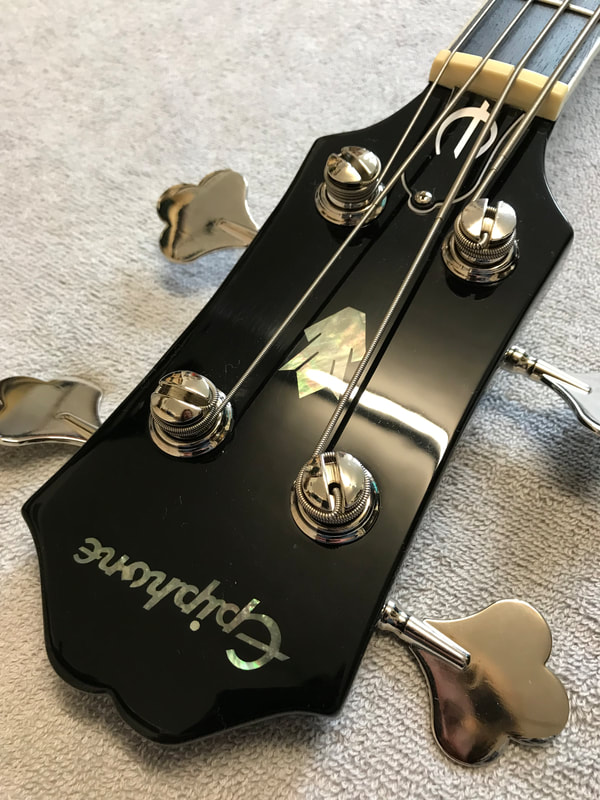

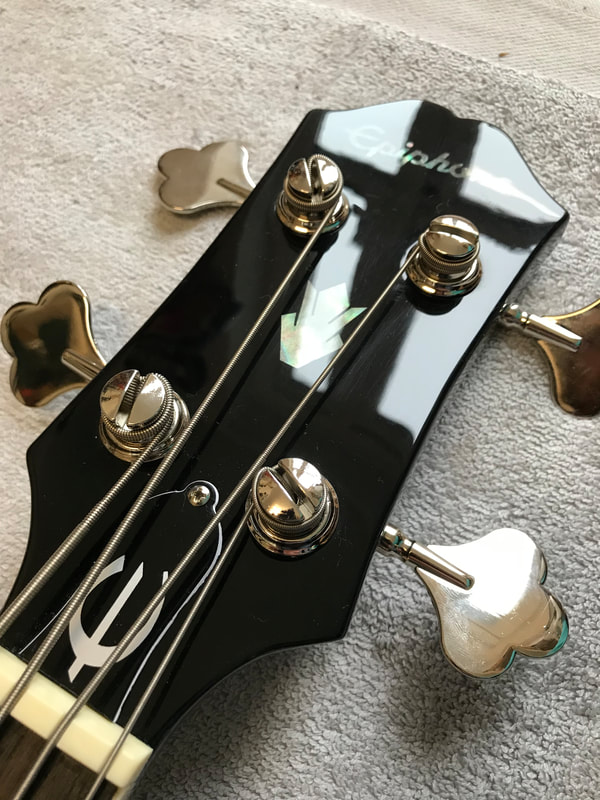
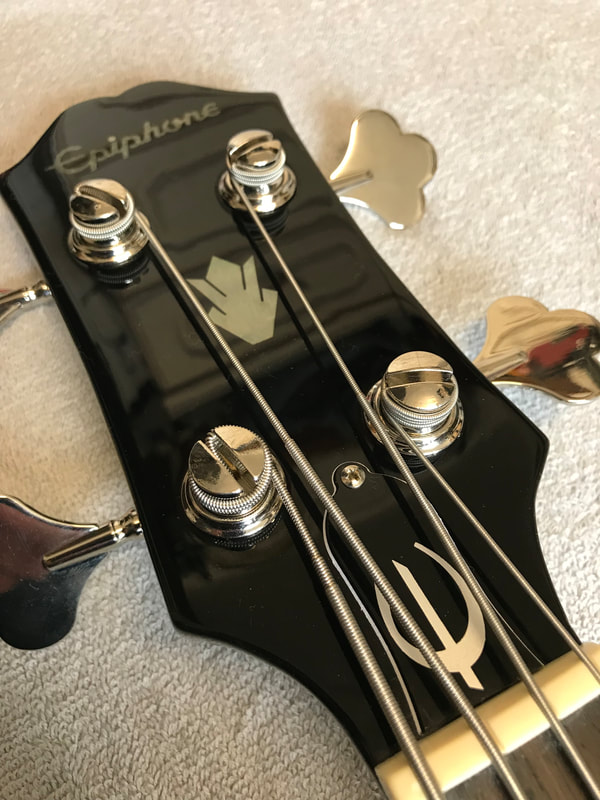

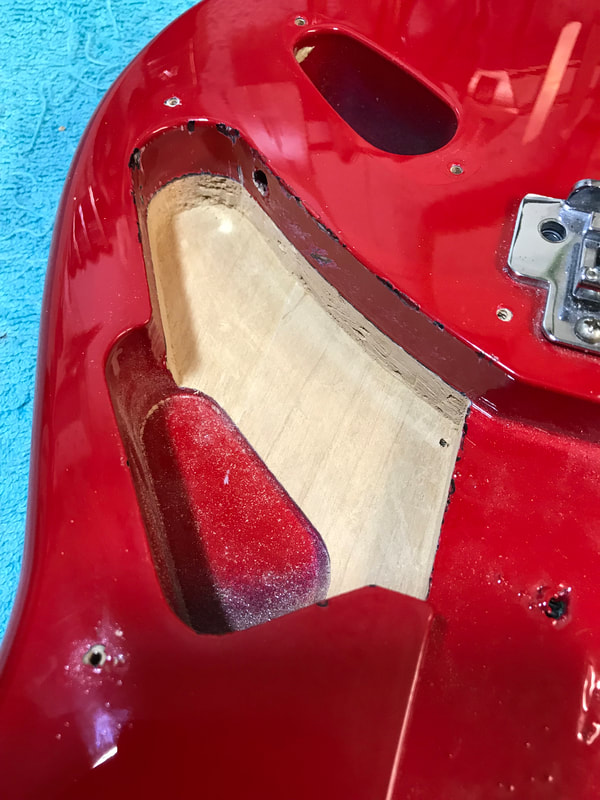








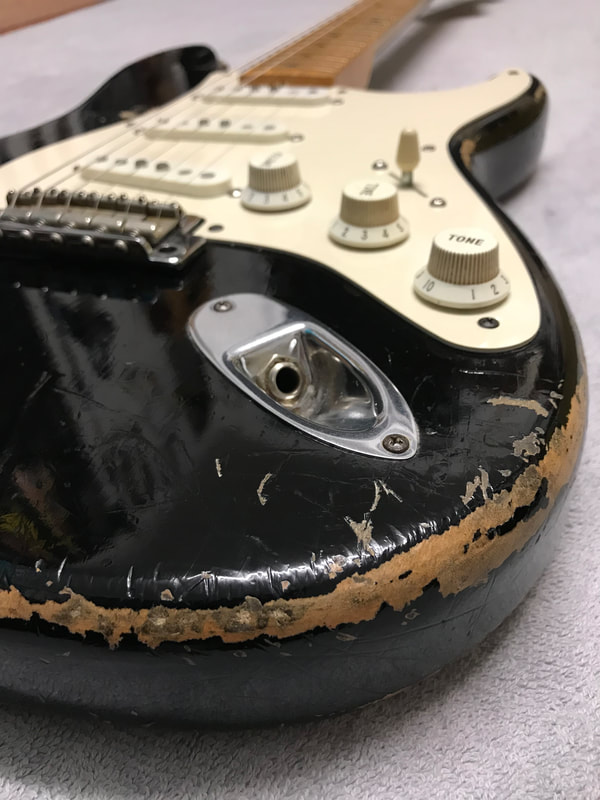

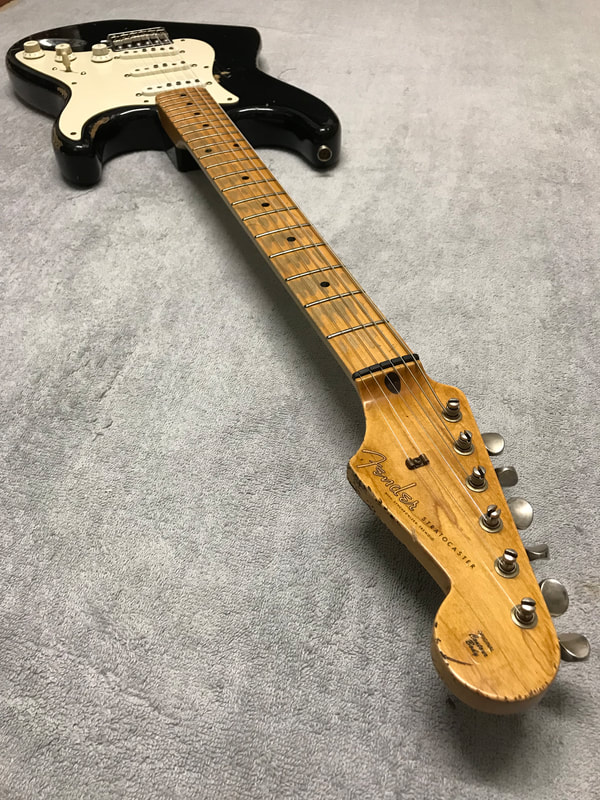
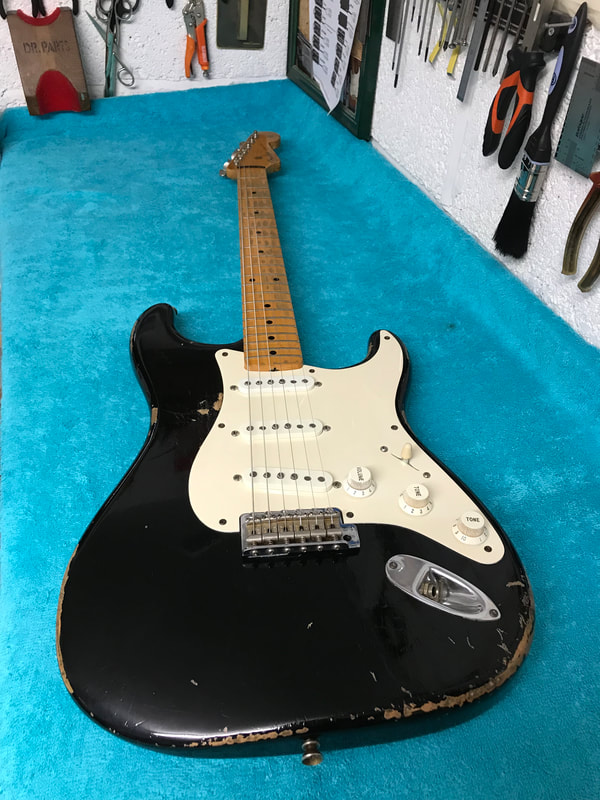


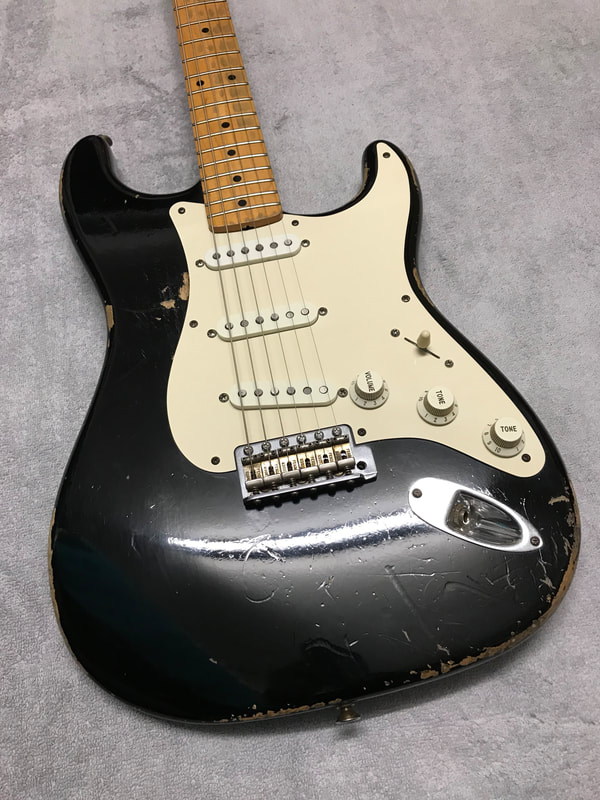
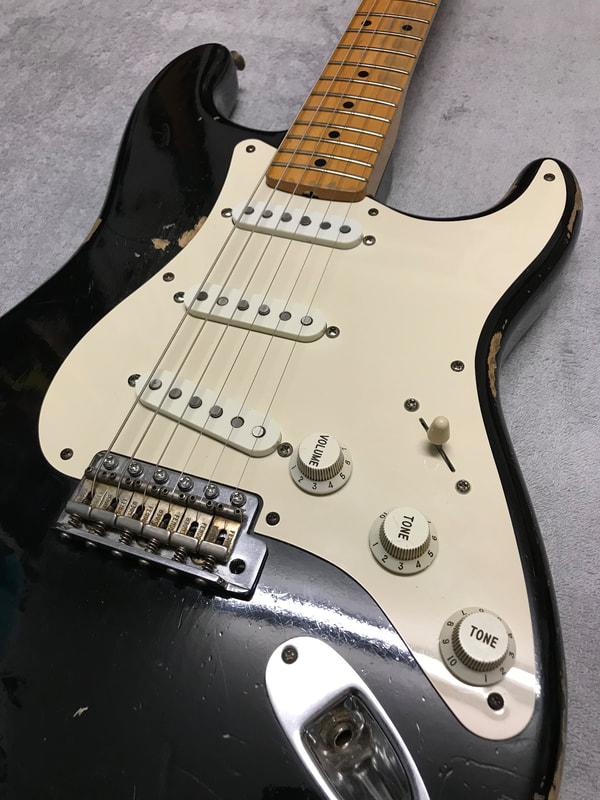





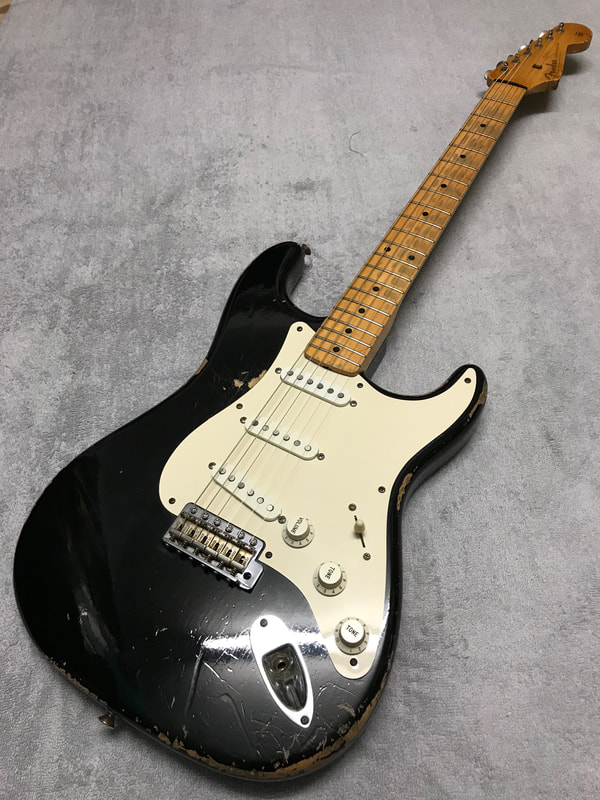

 RSS Feed
RSS Feed